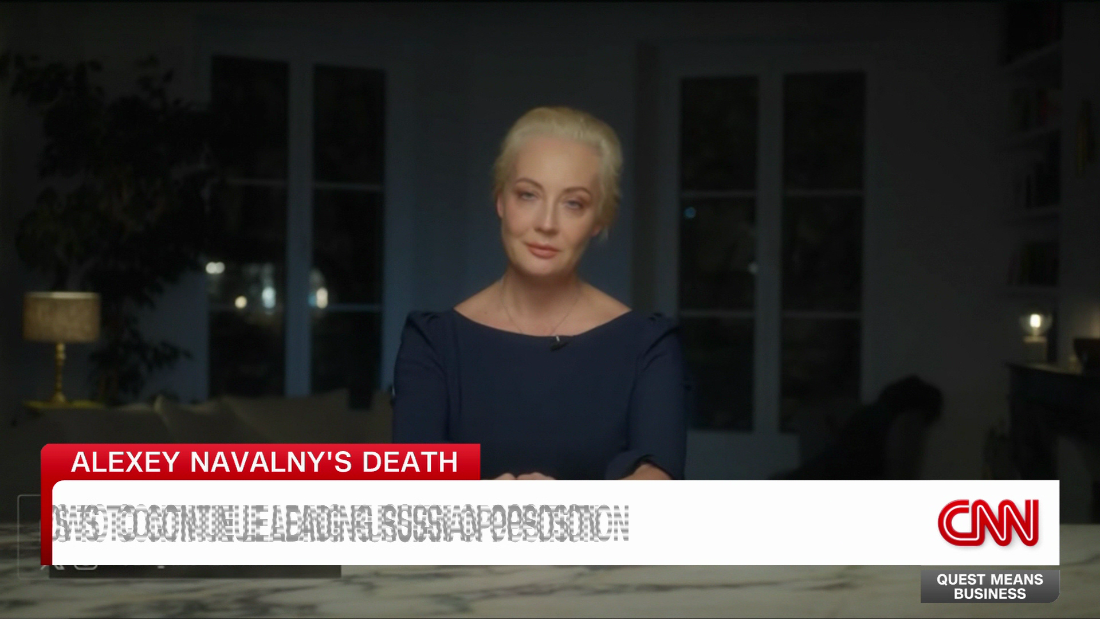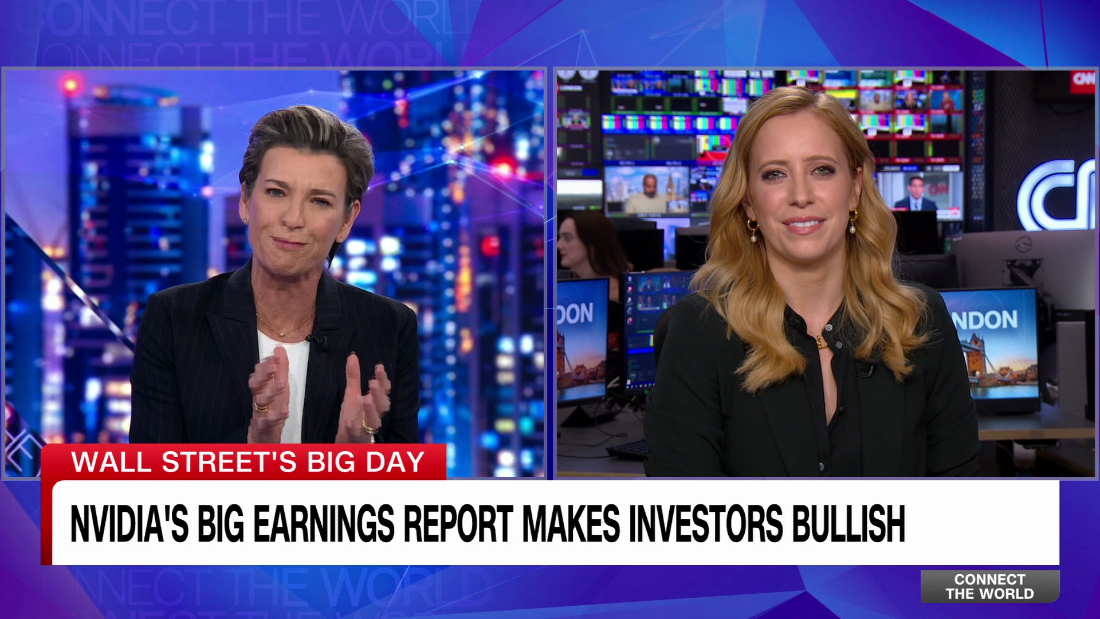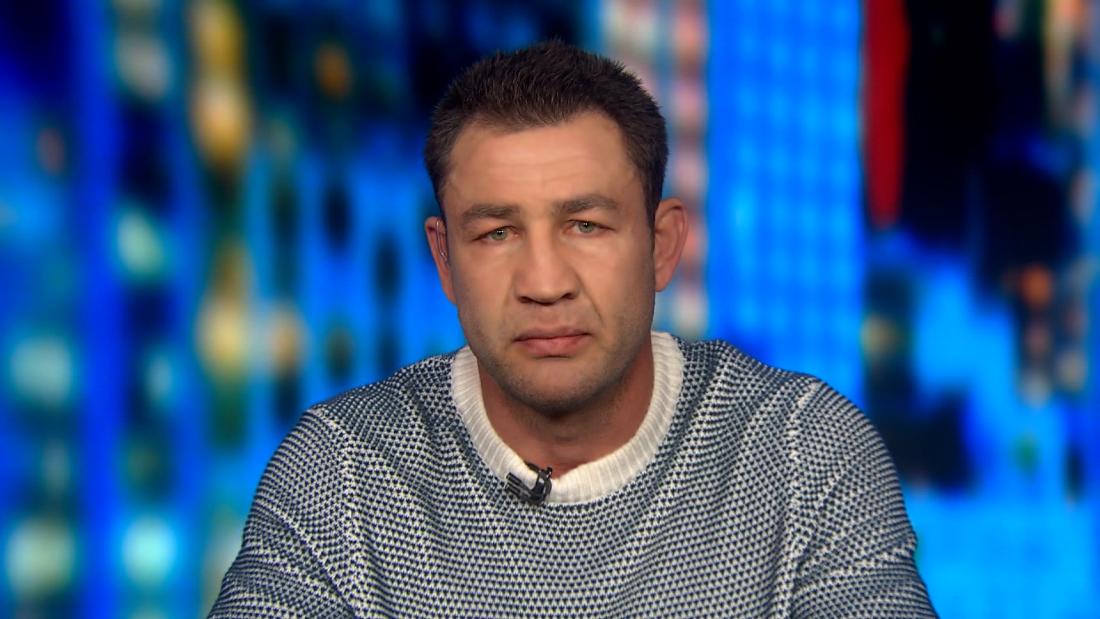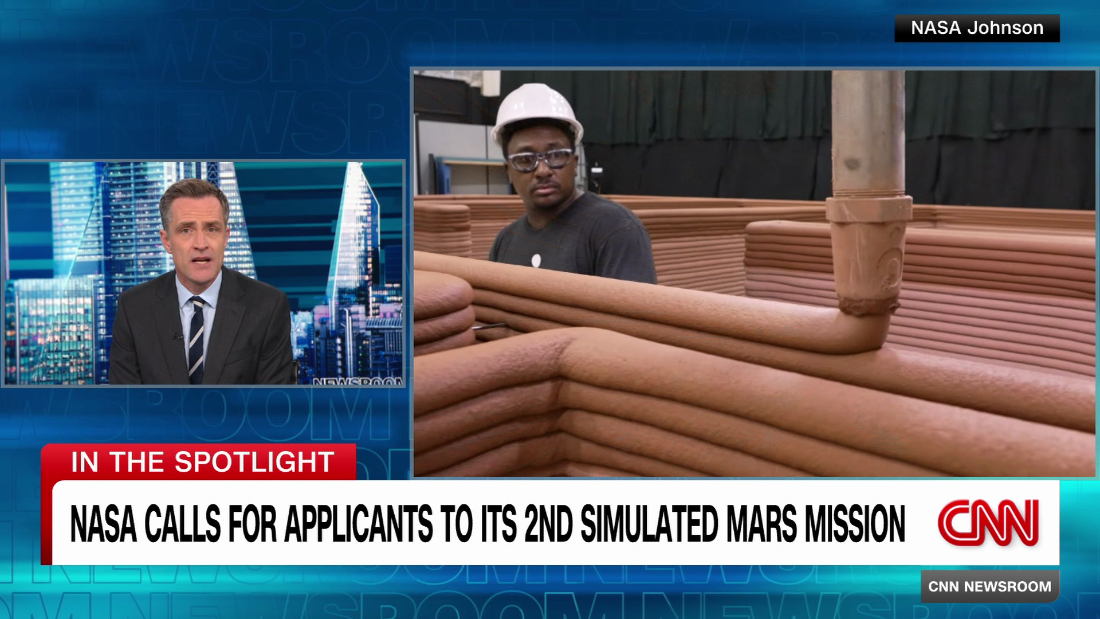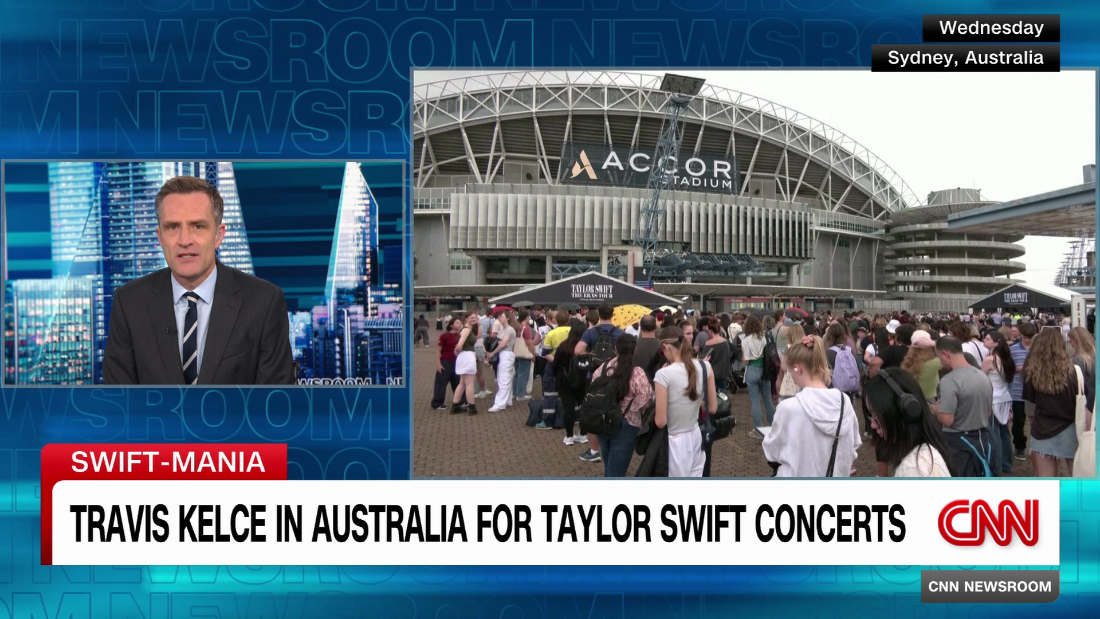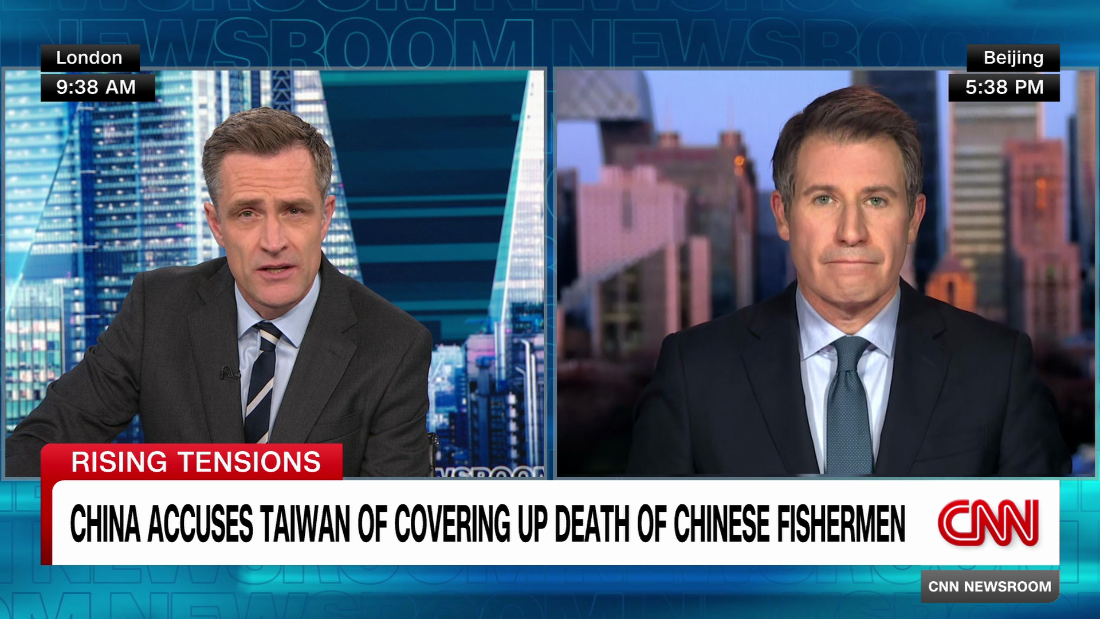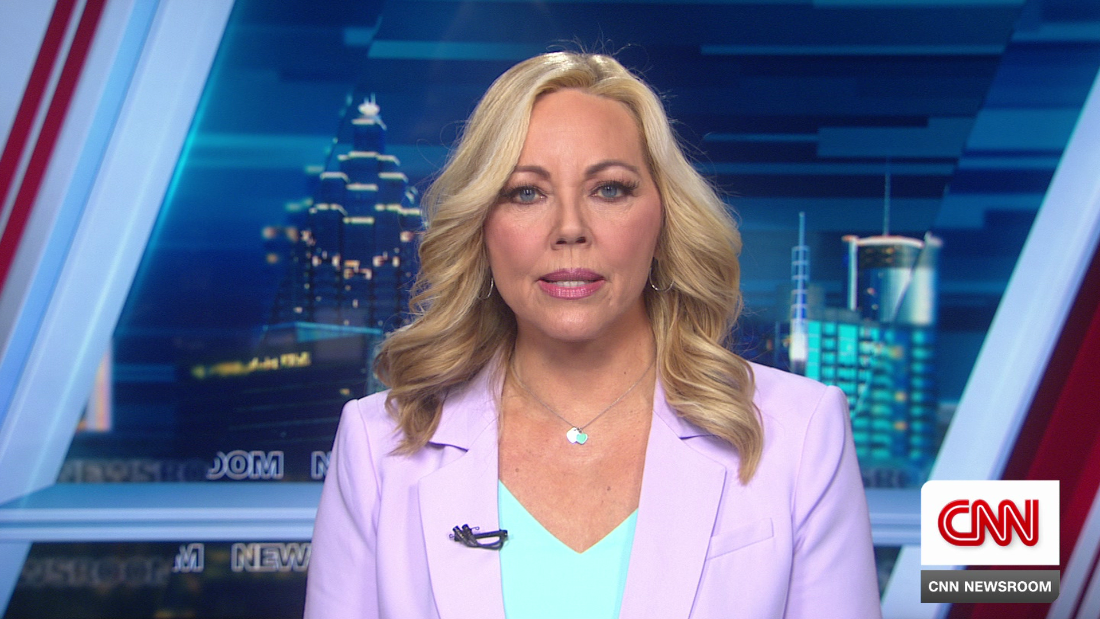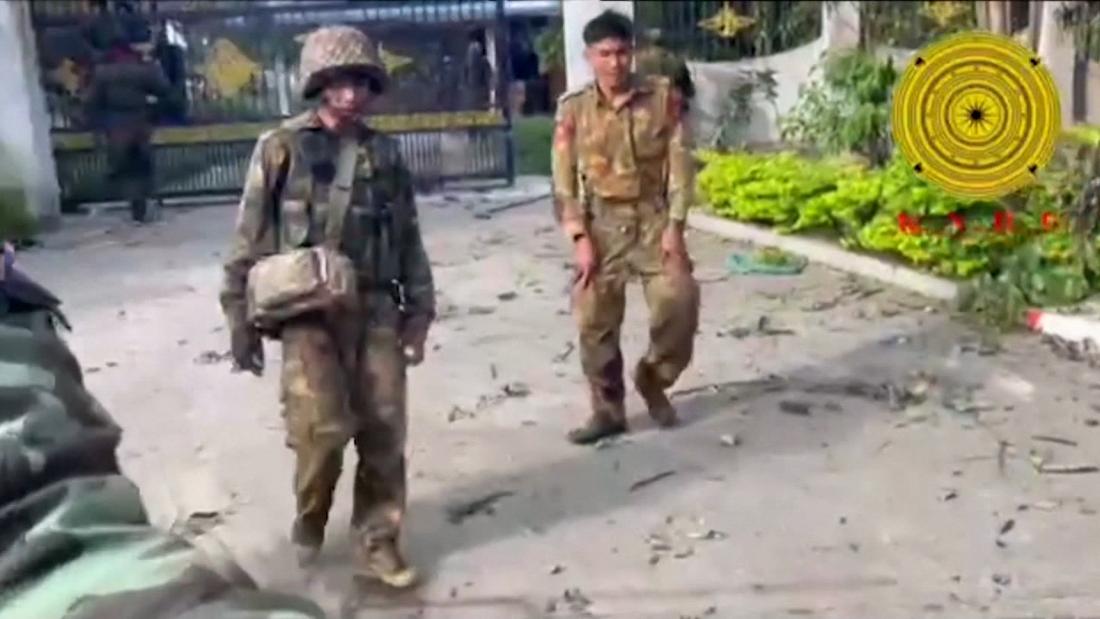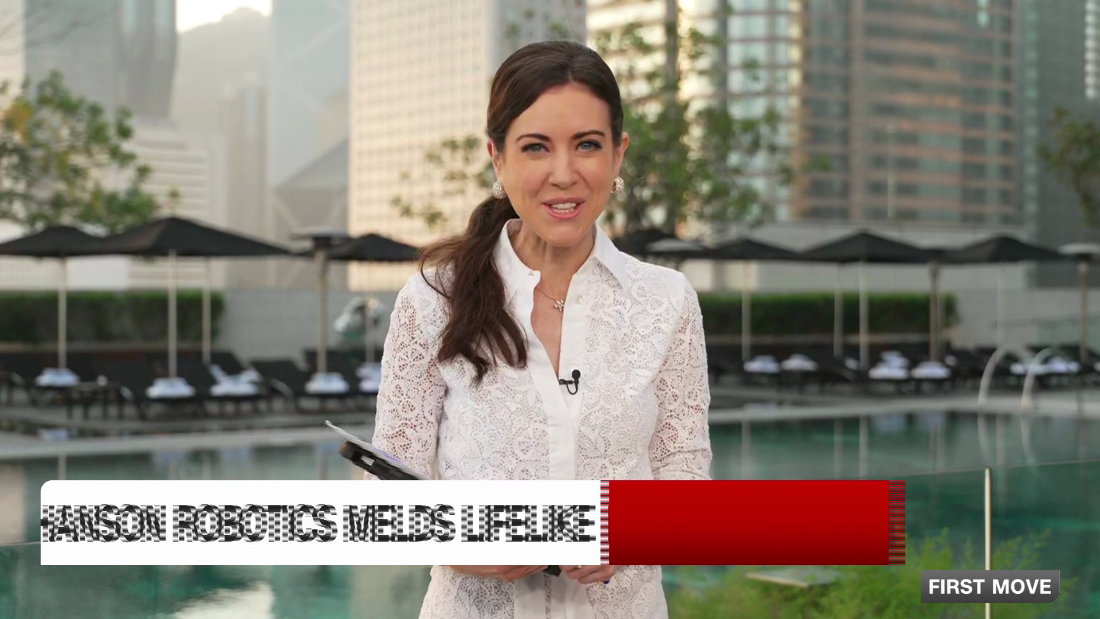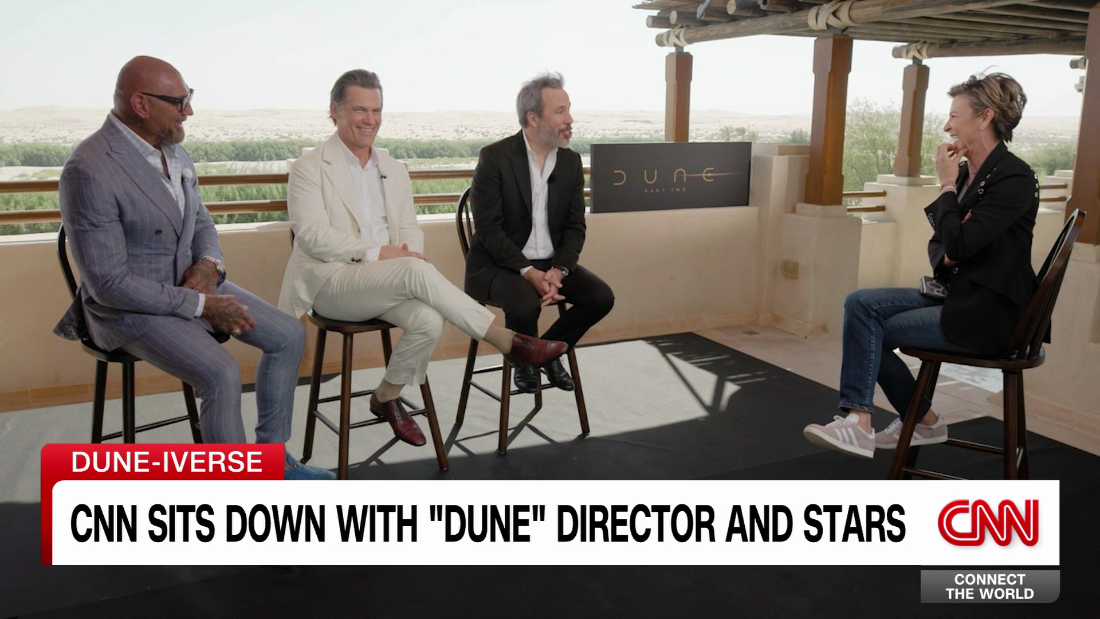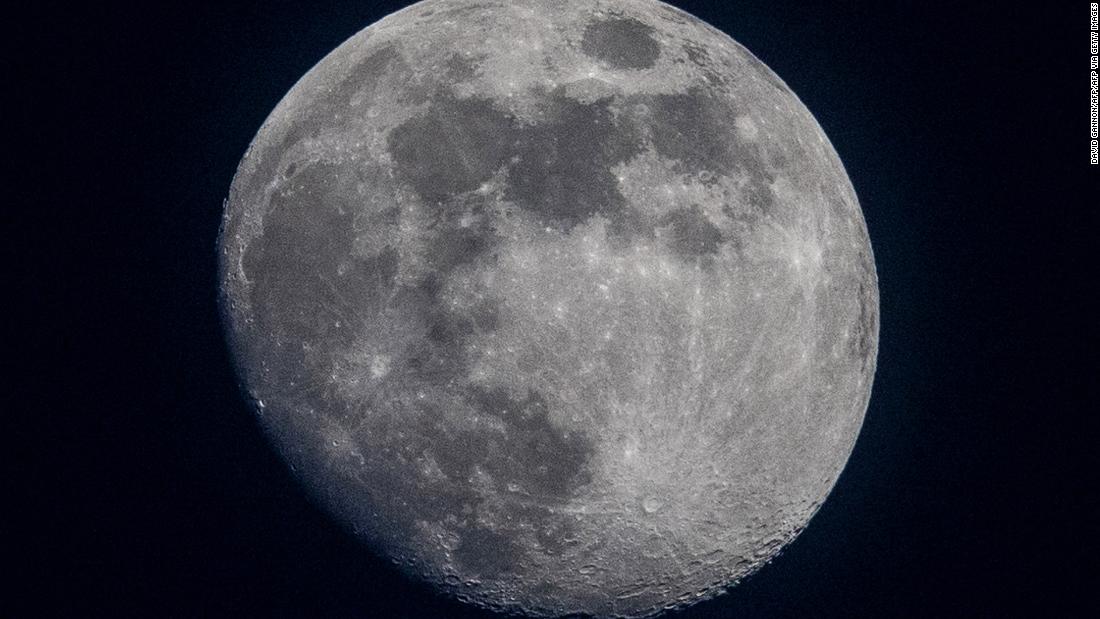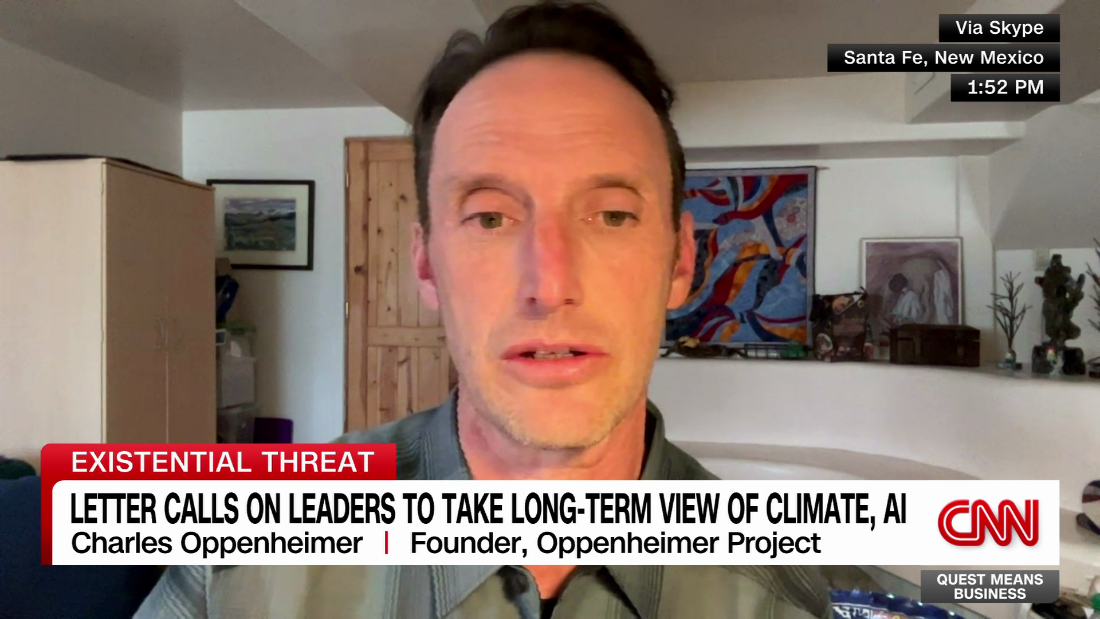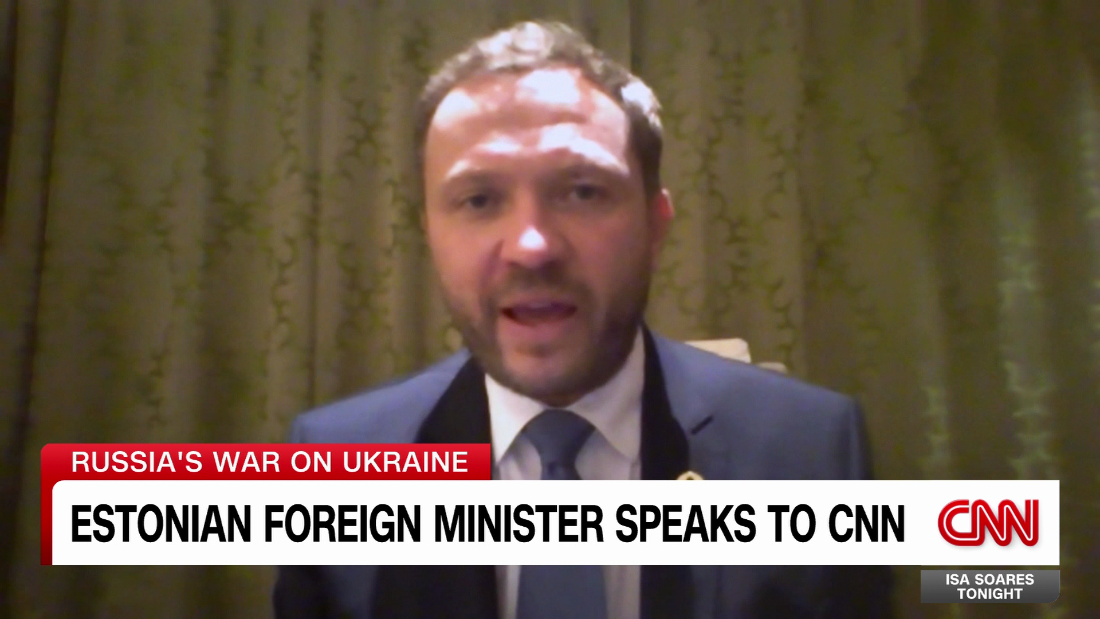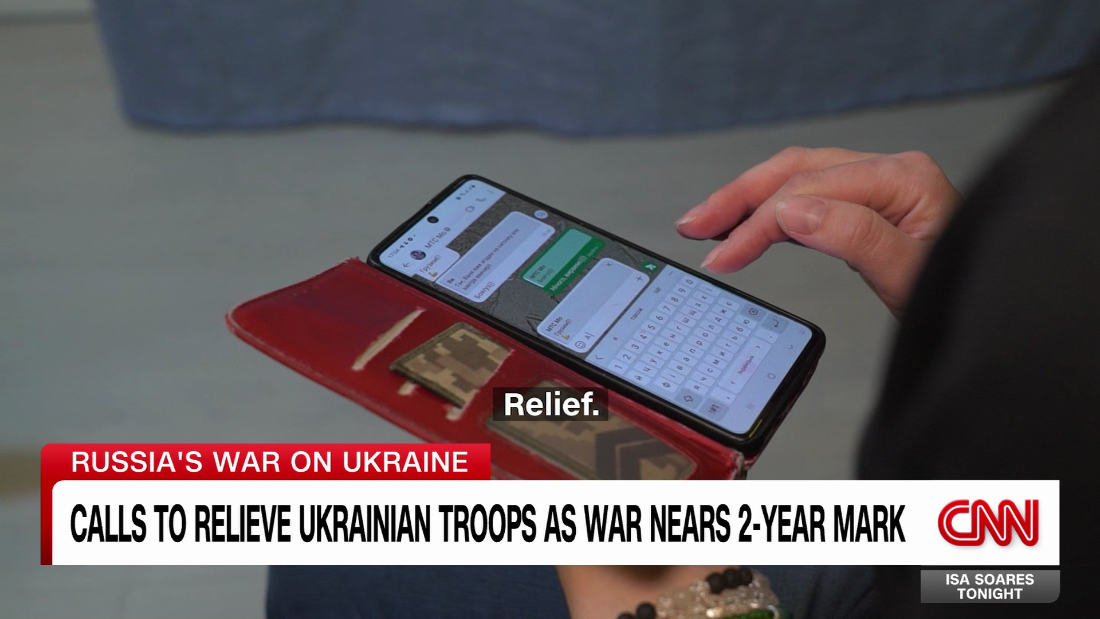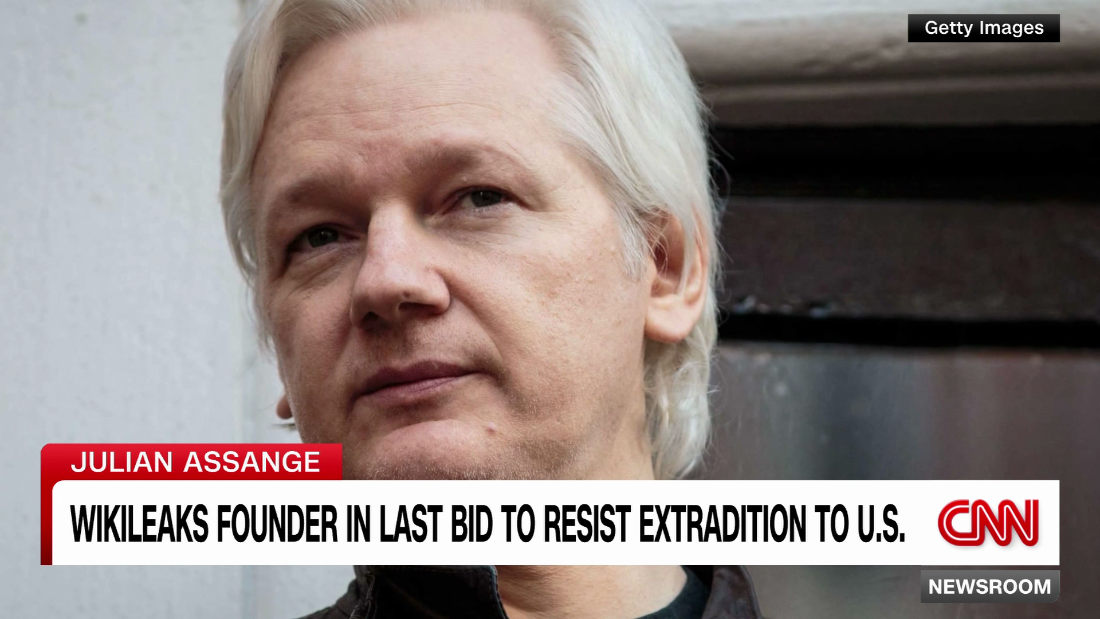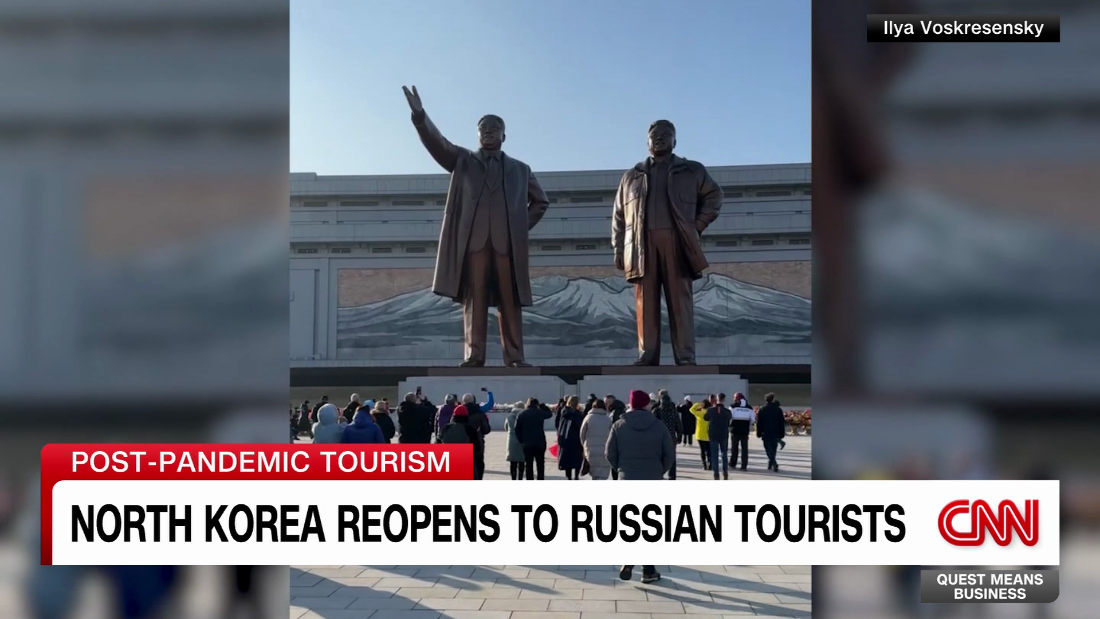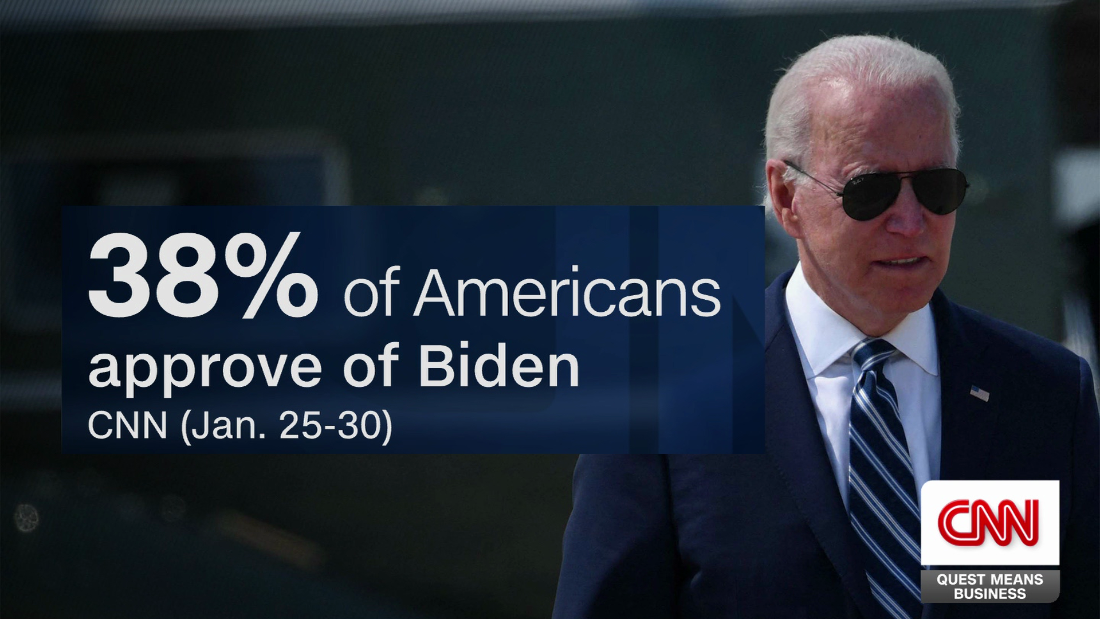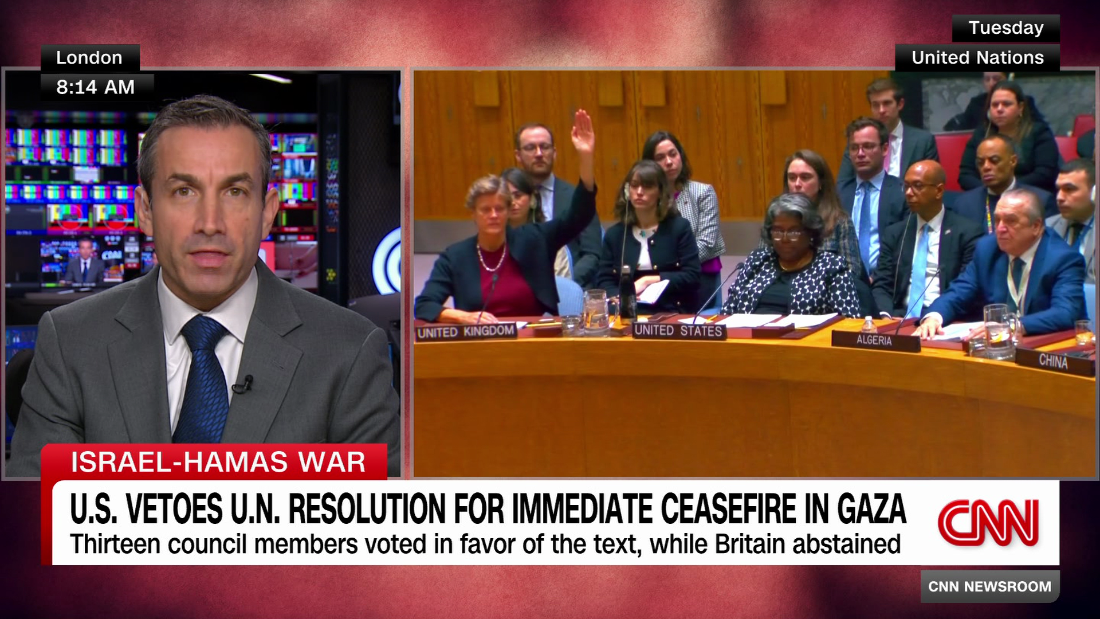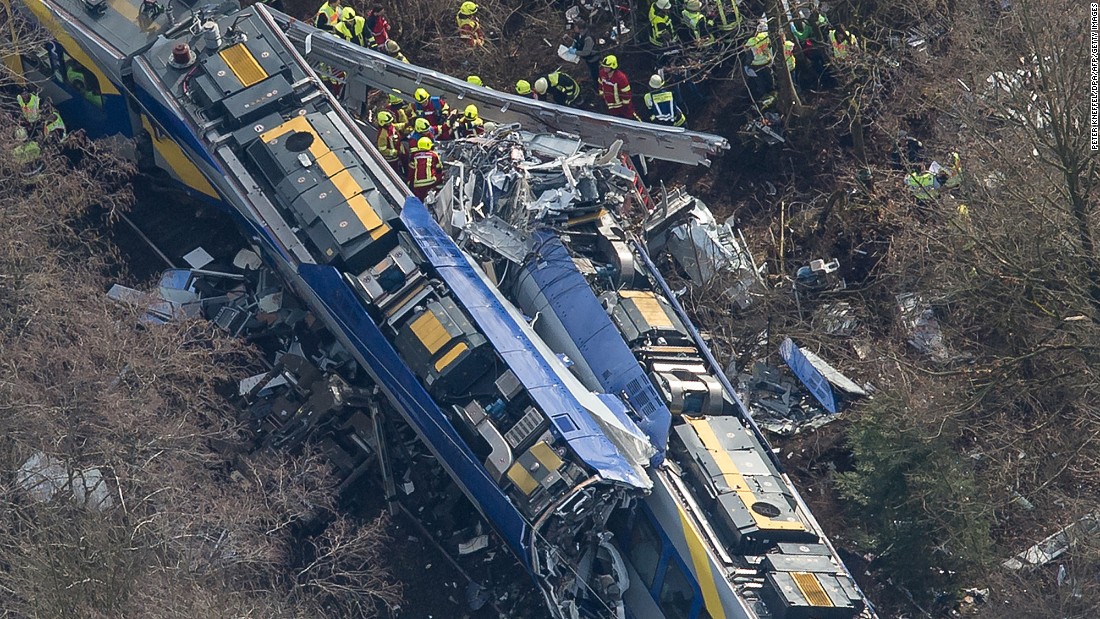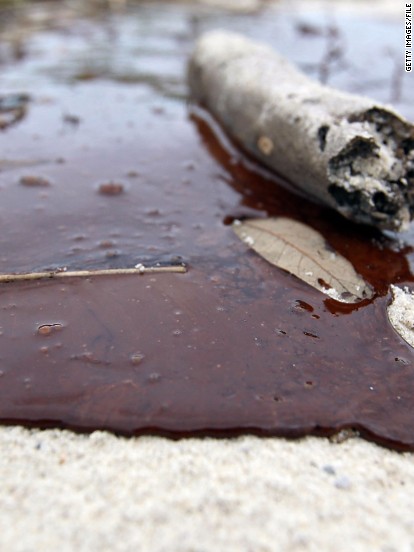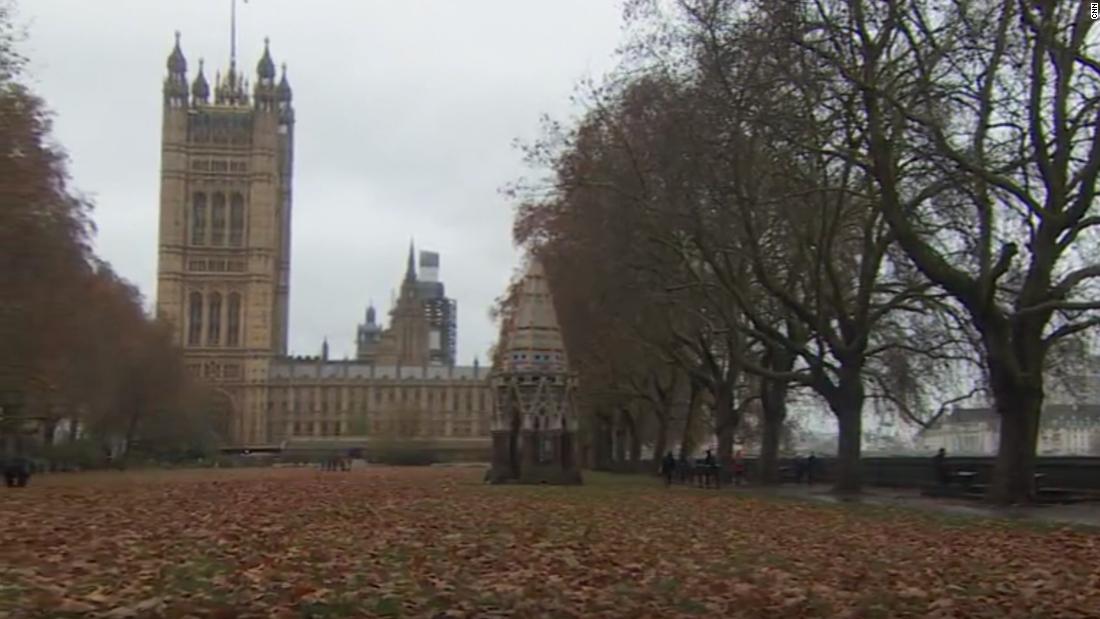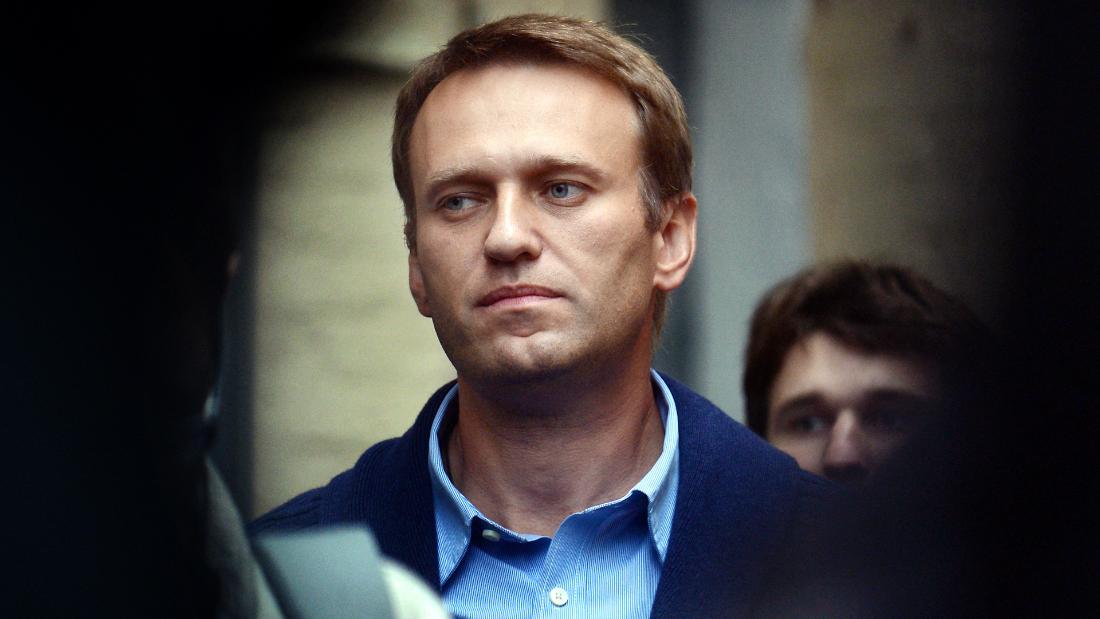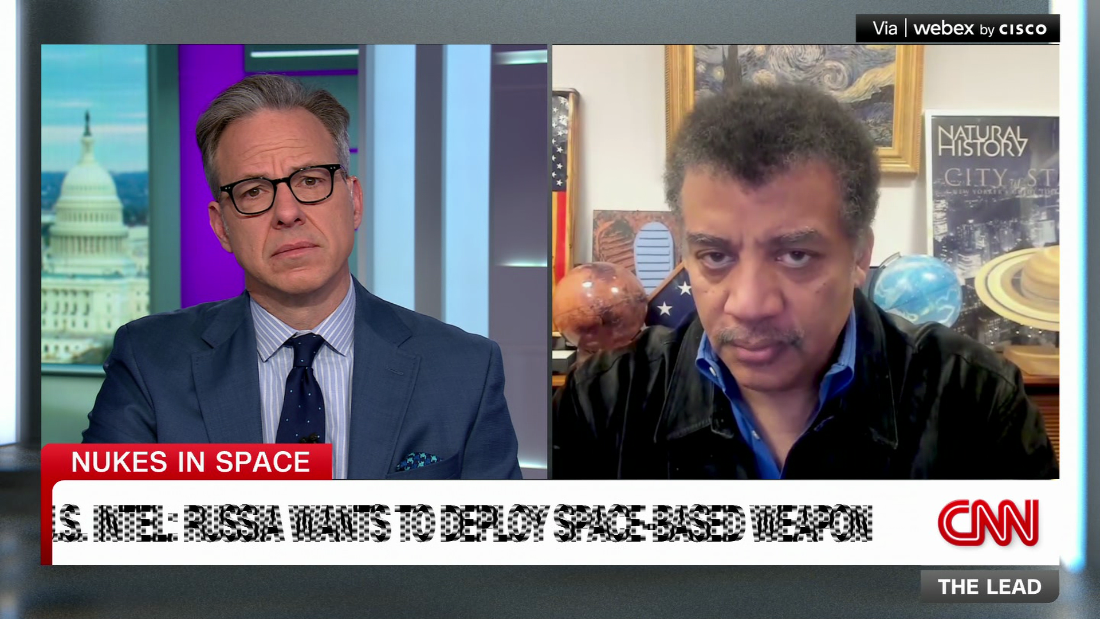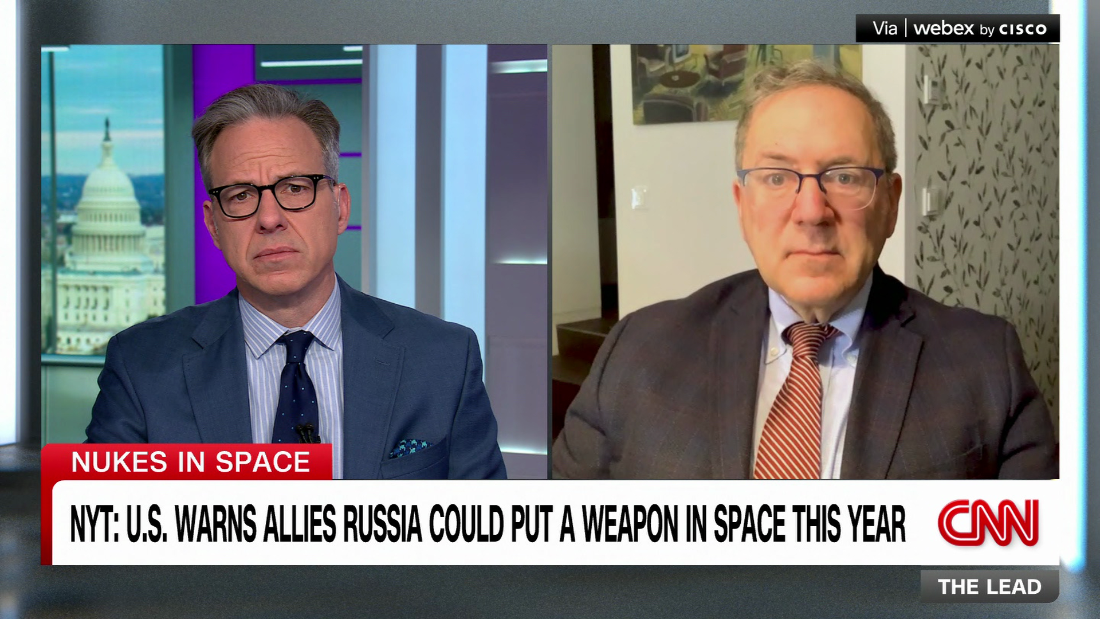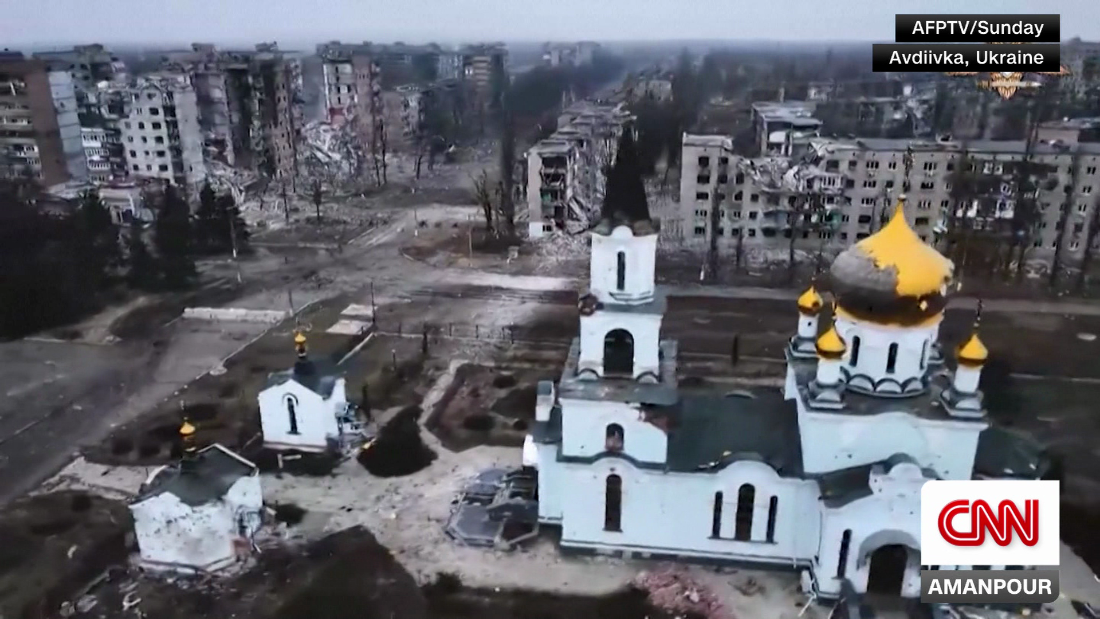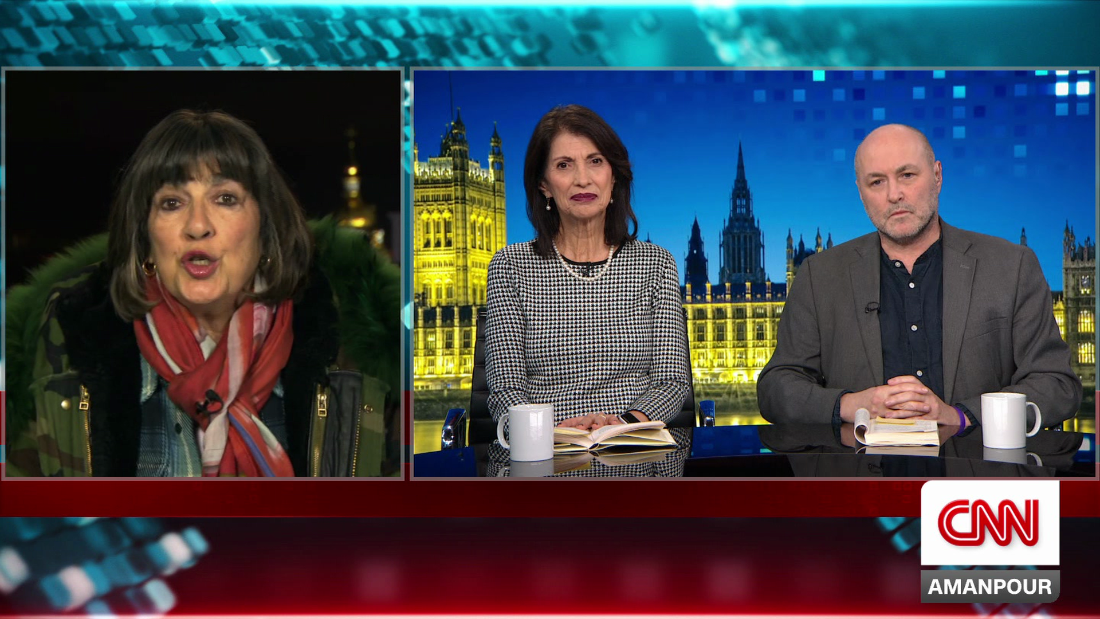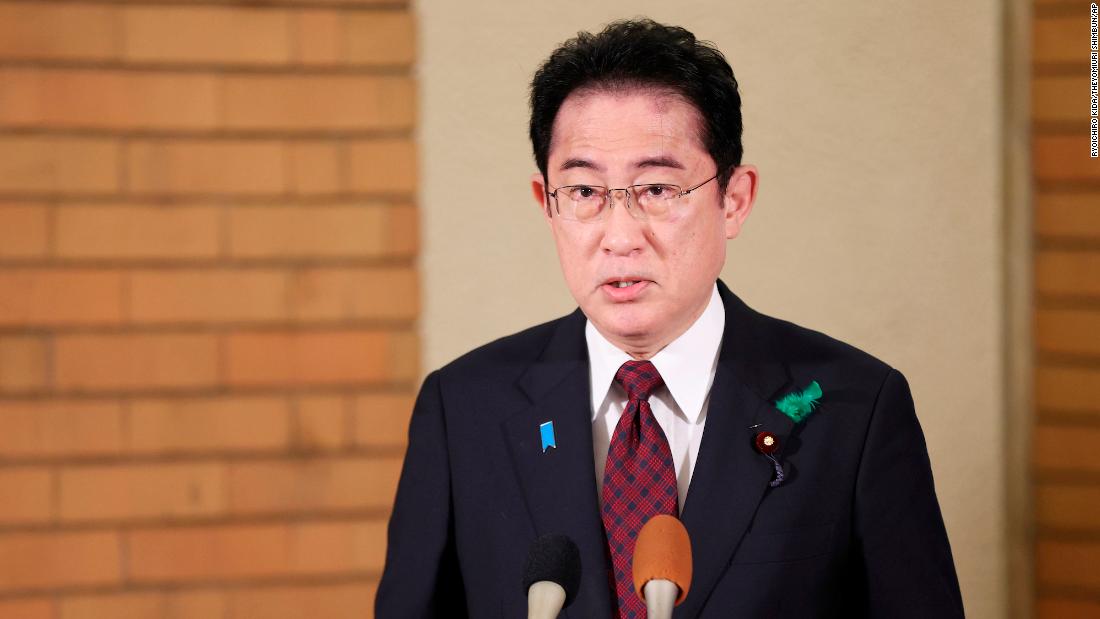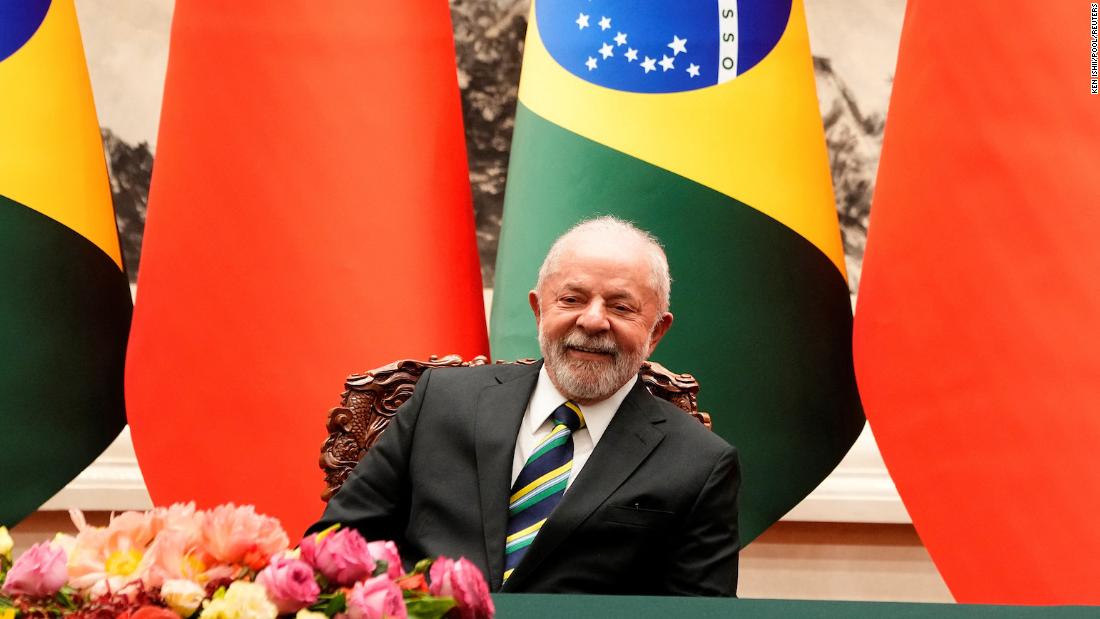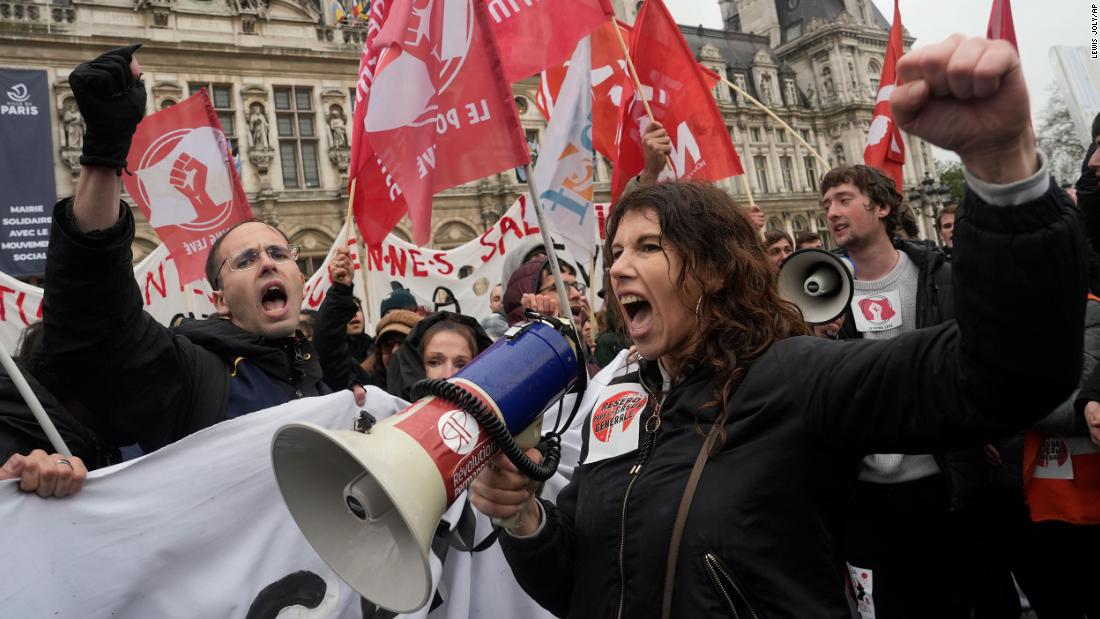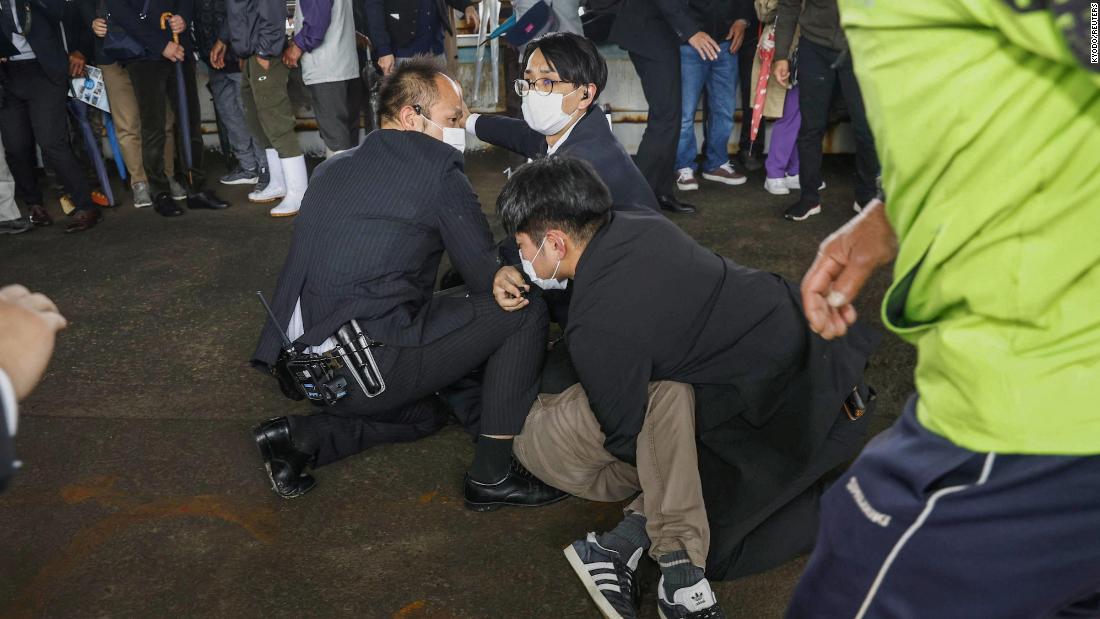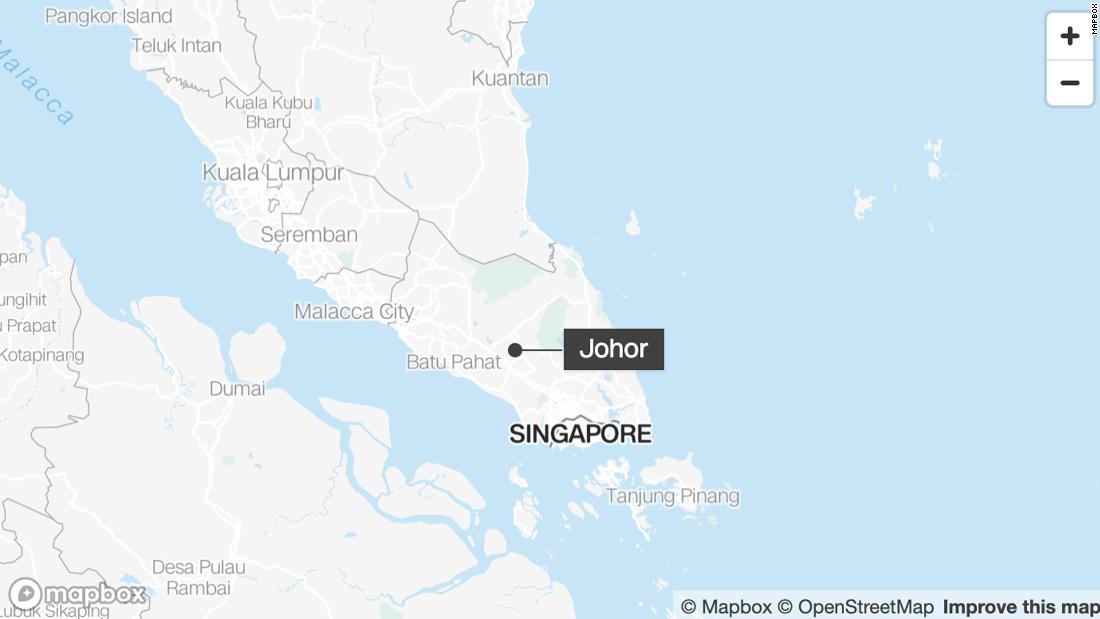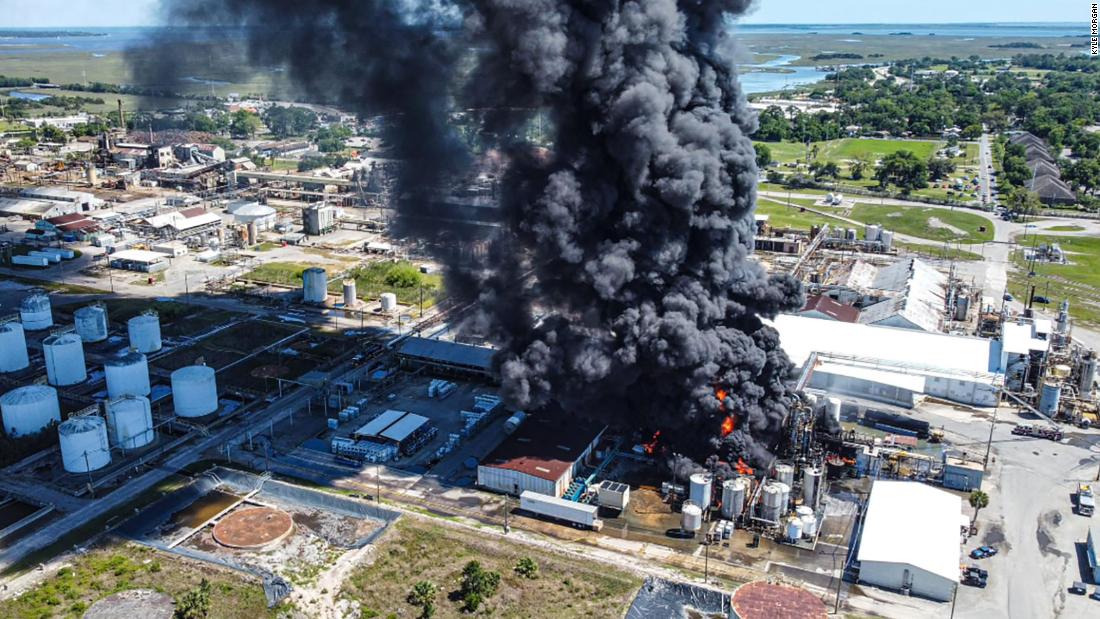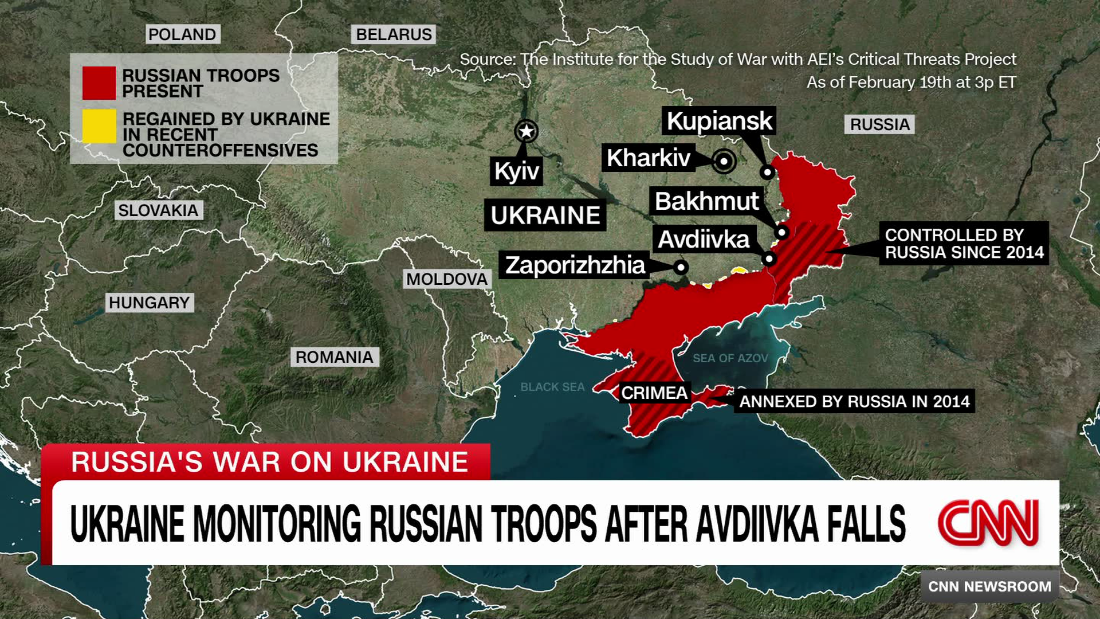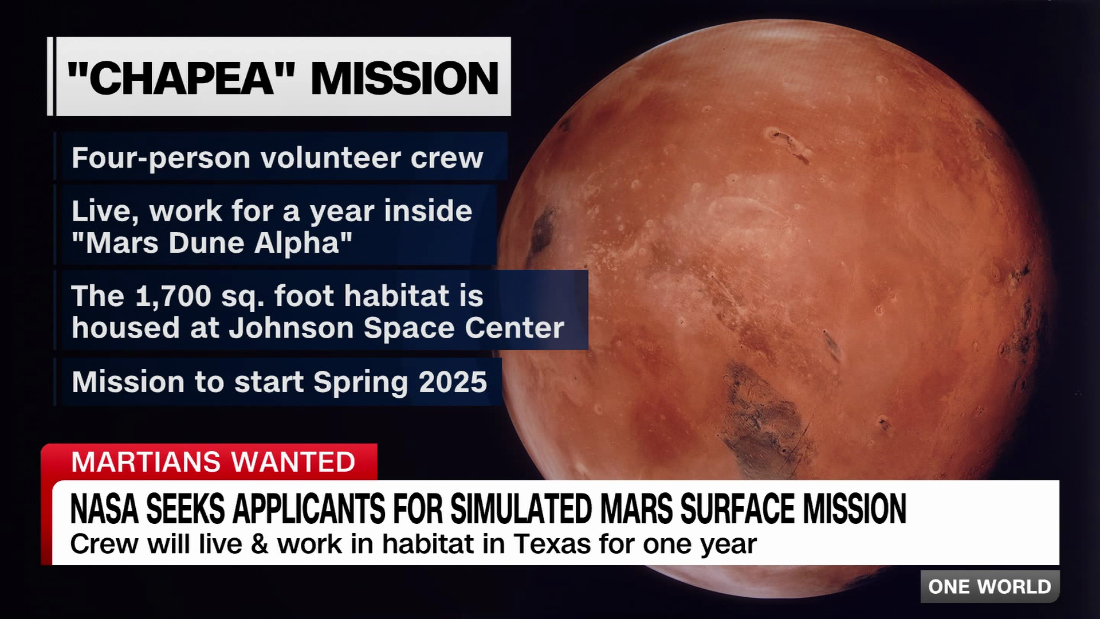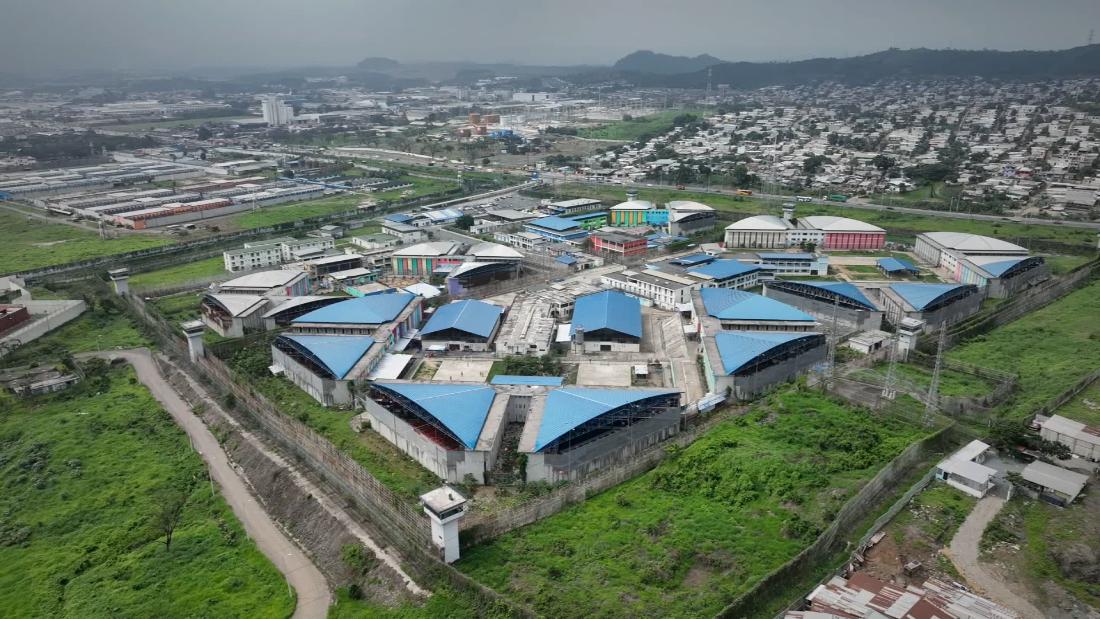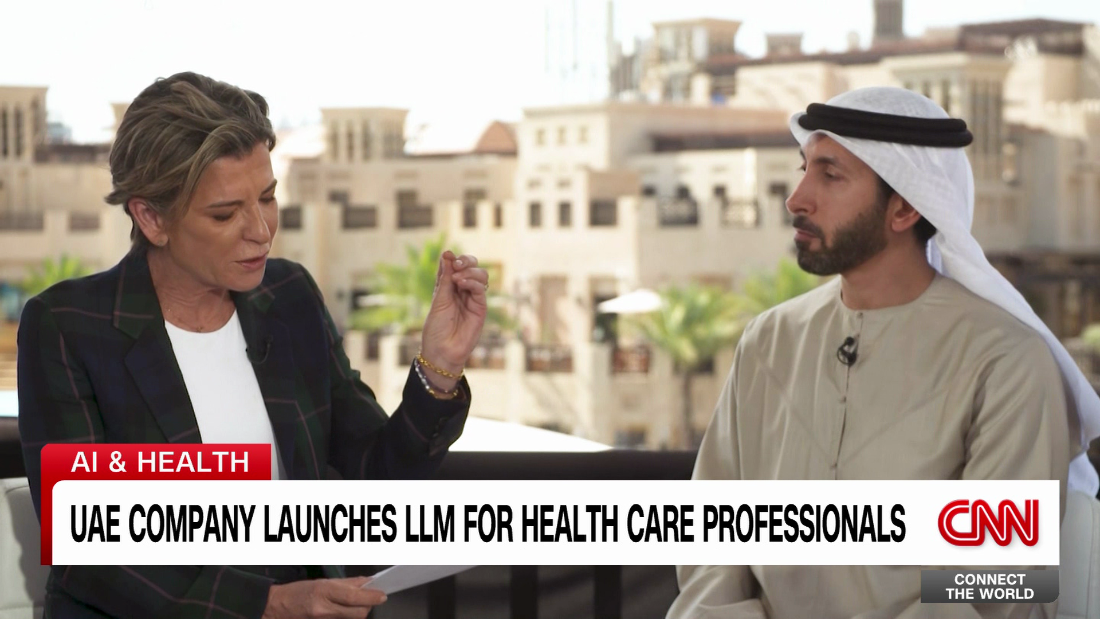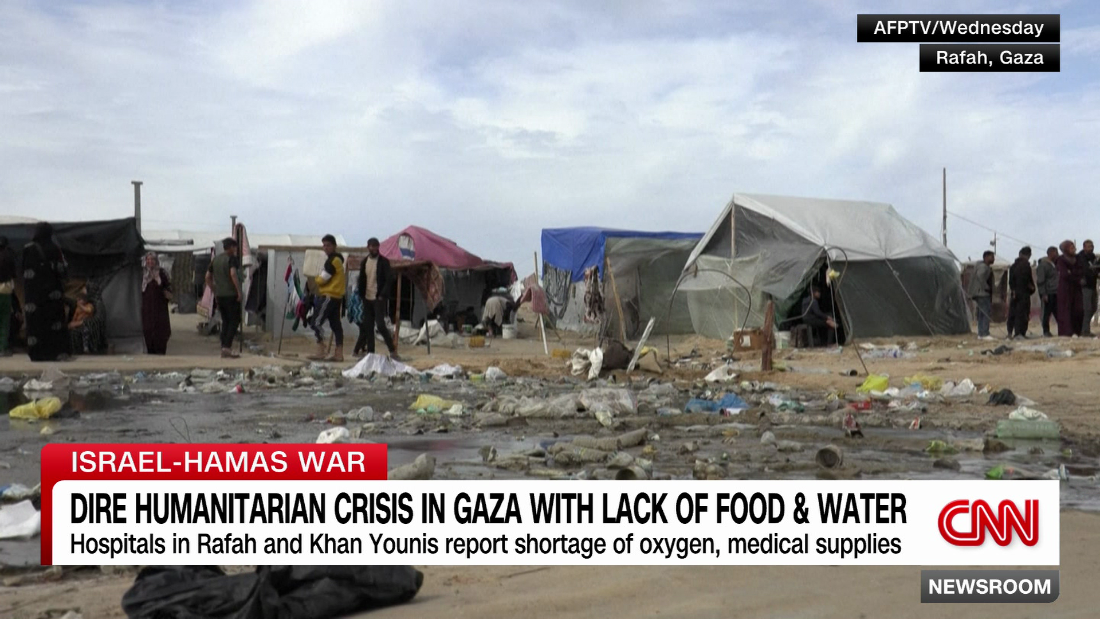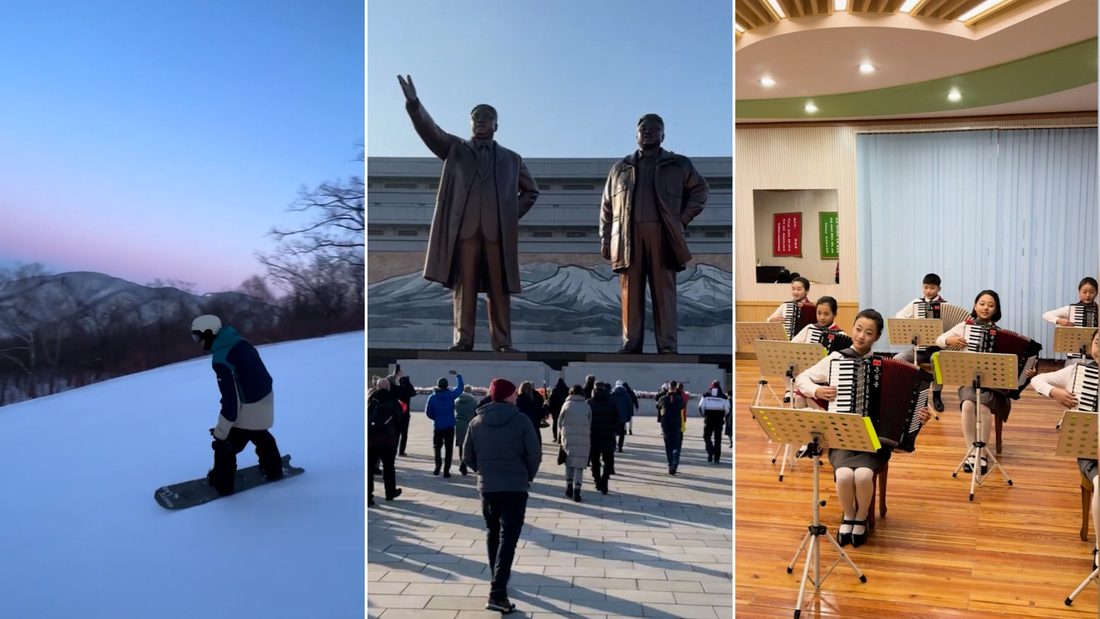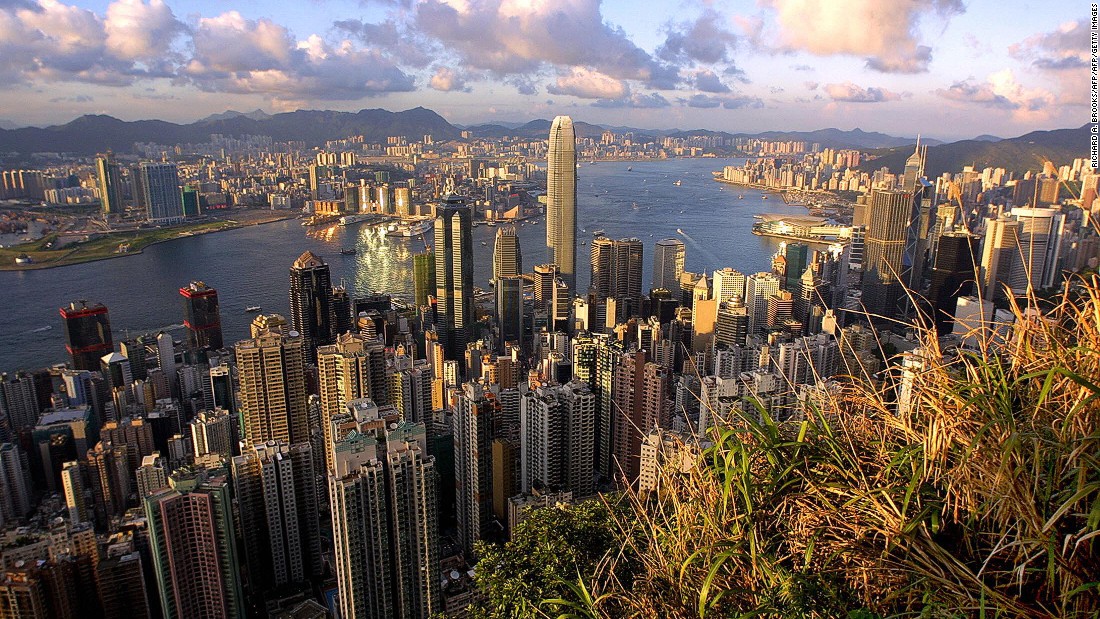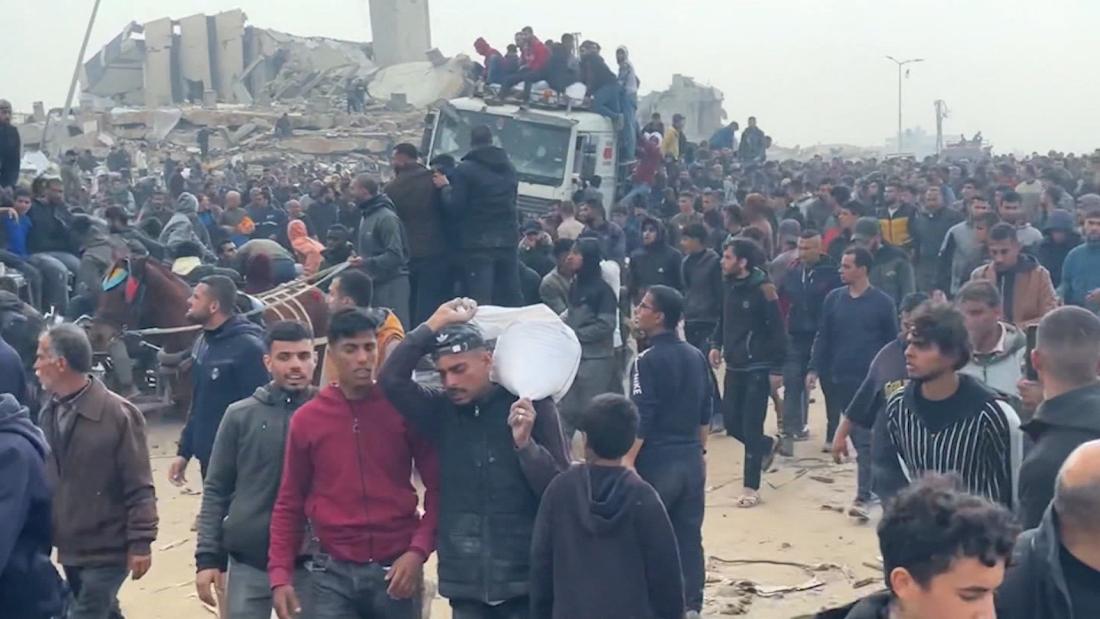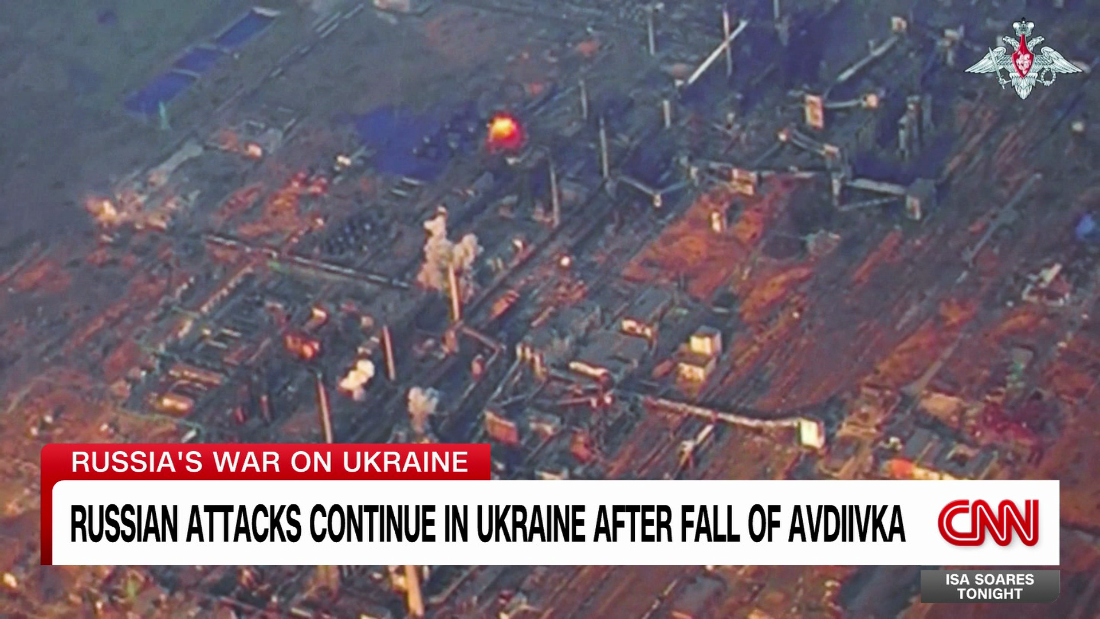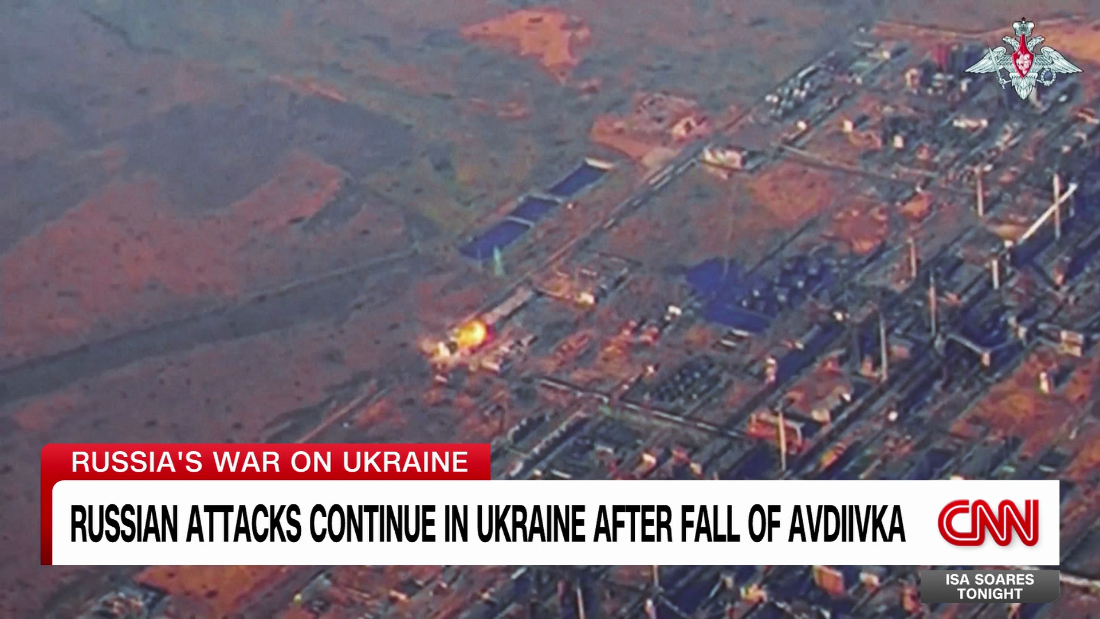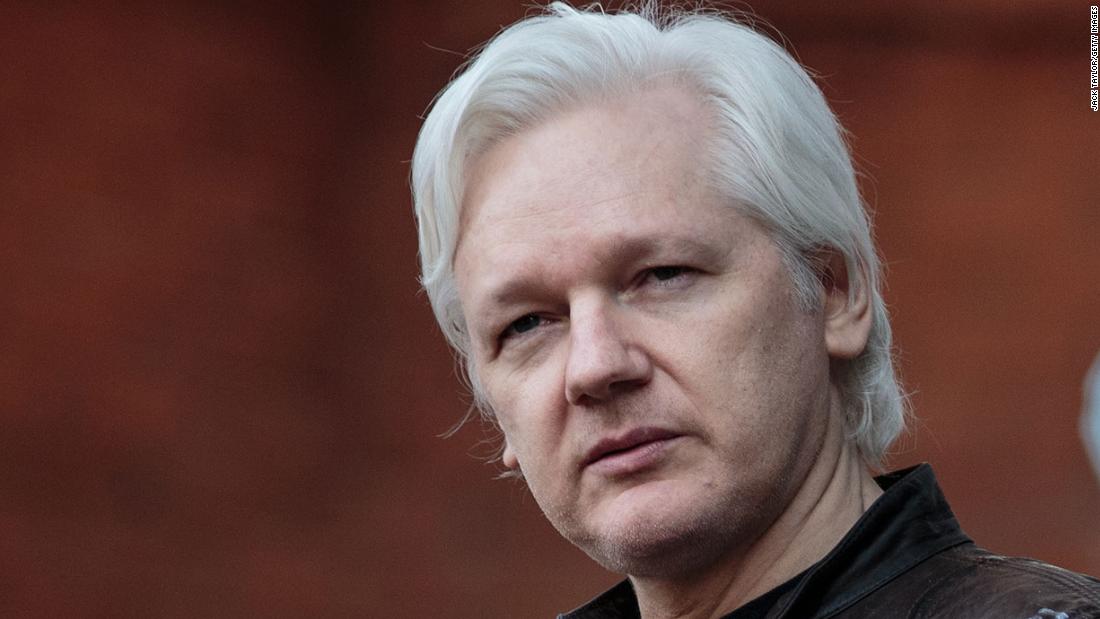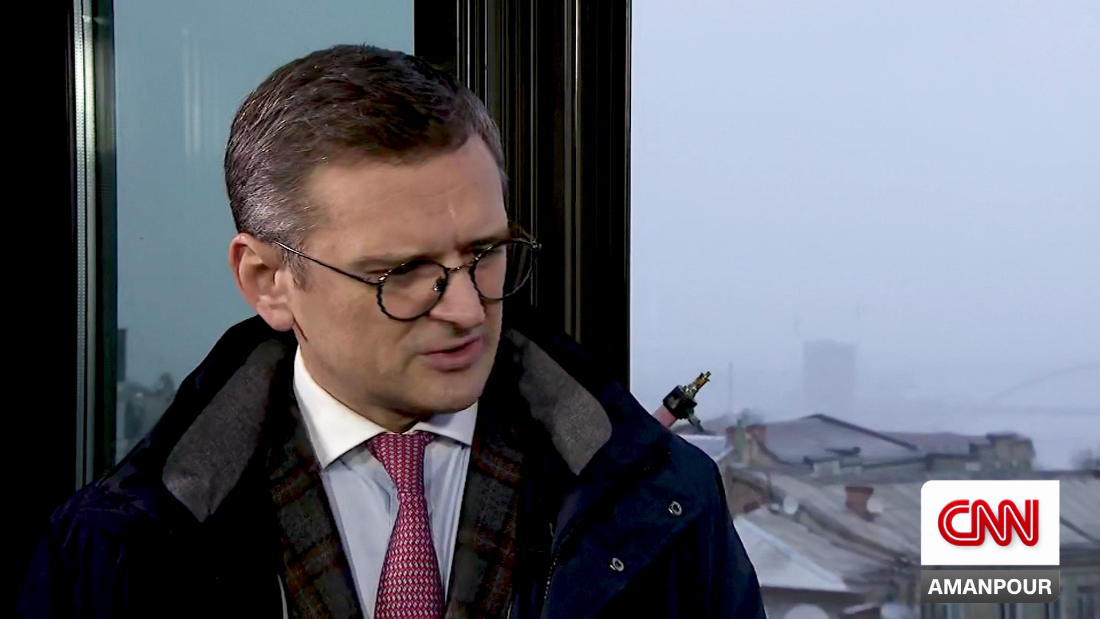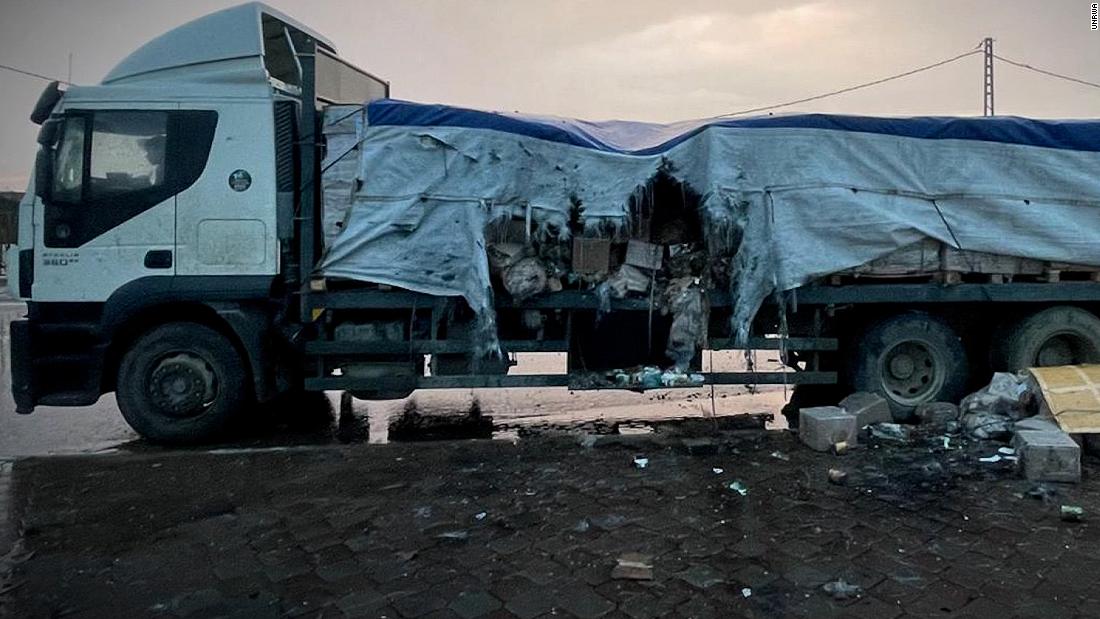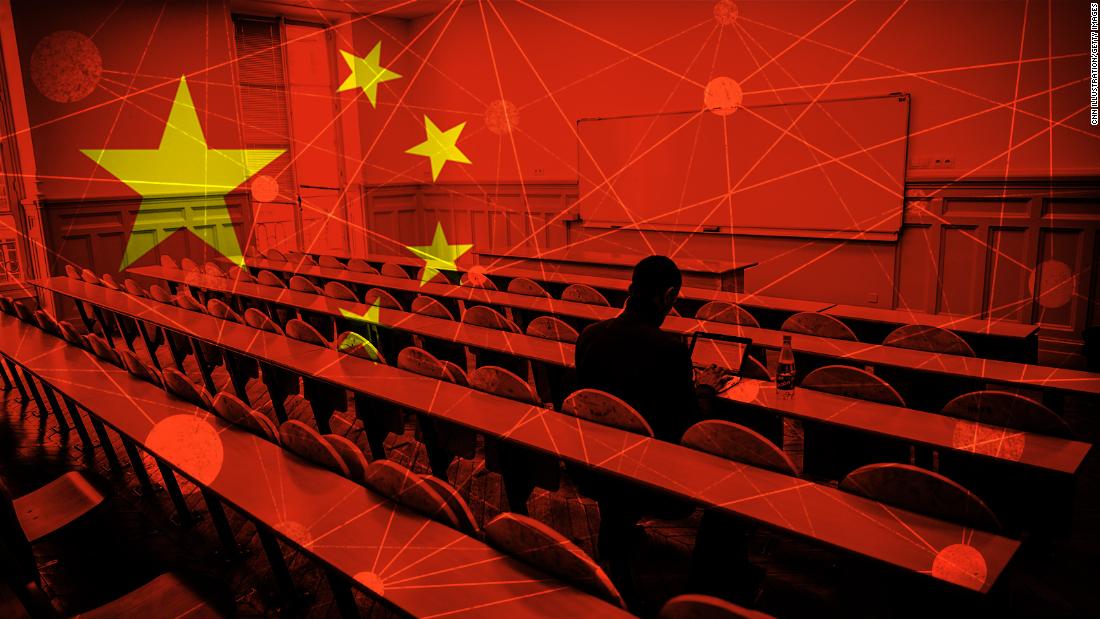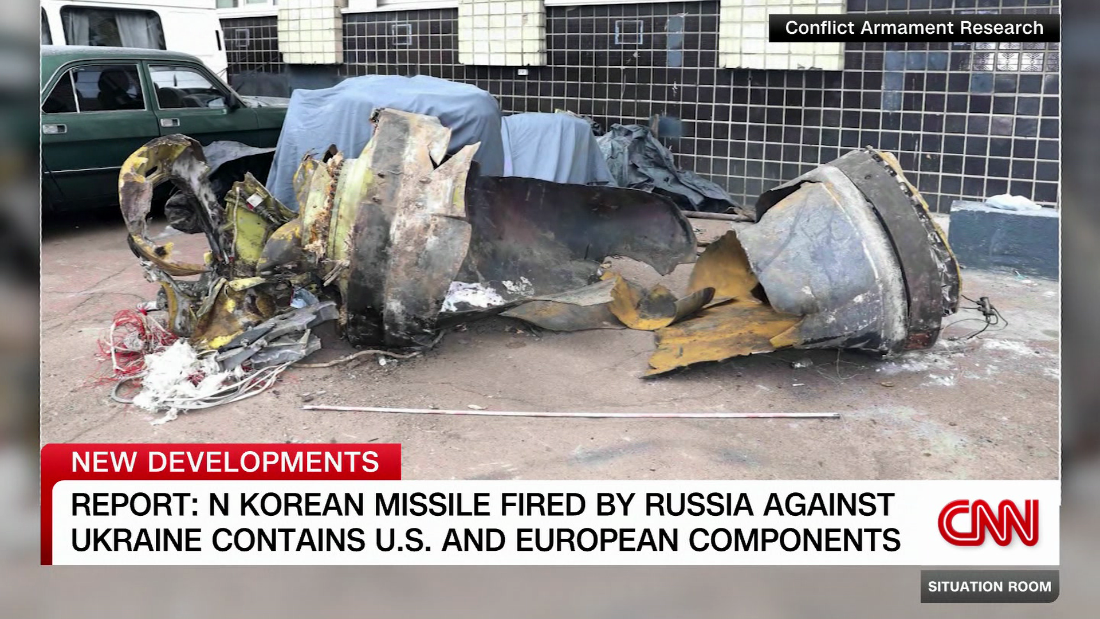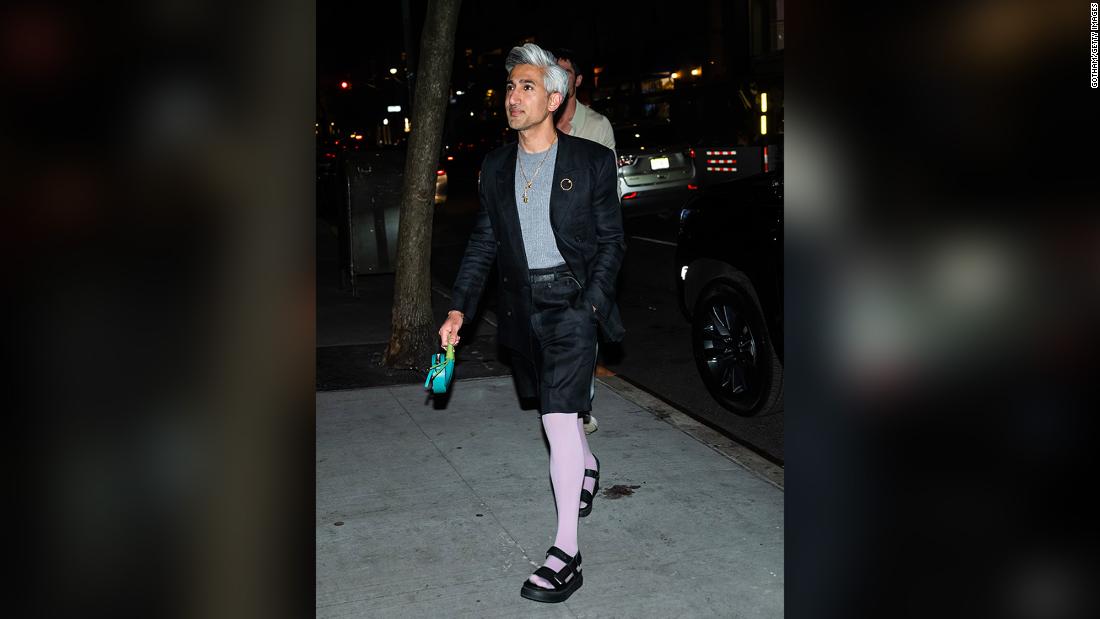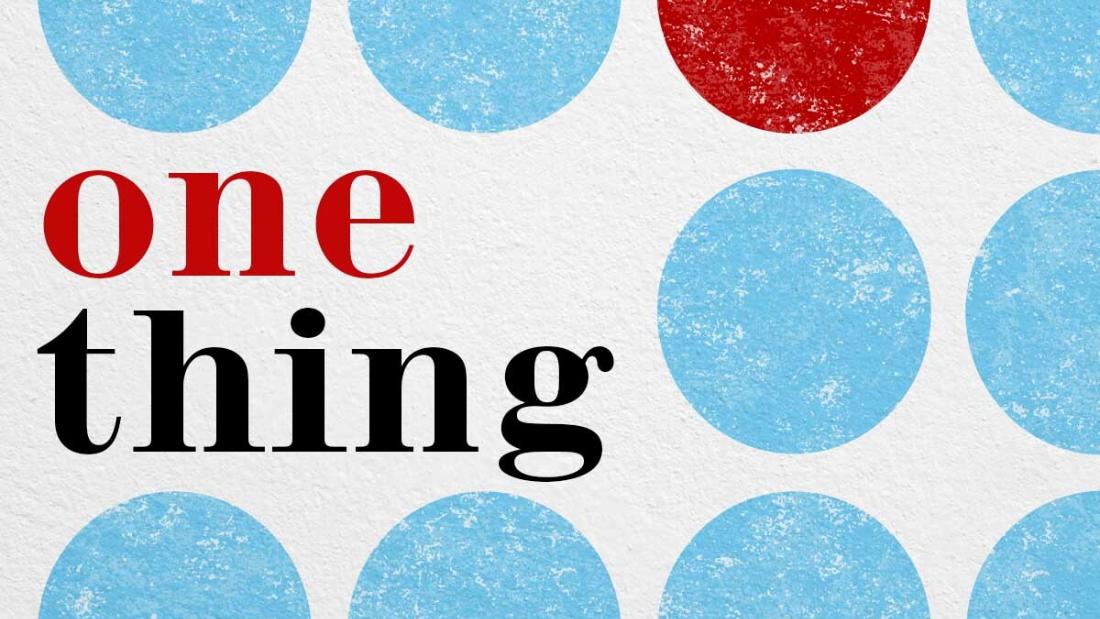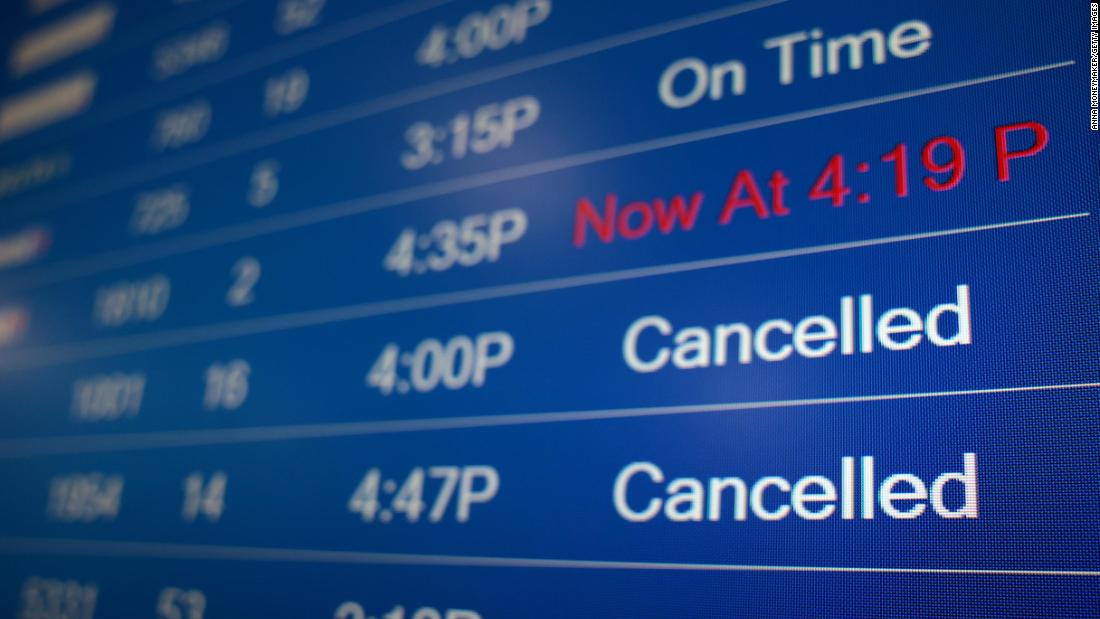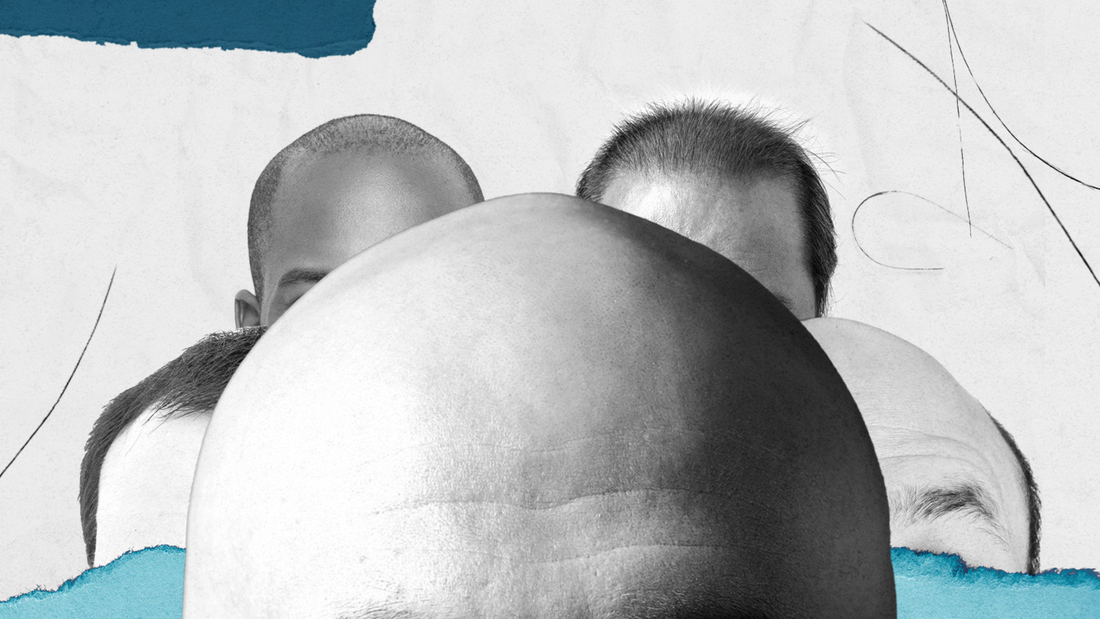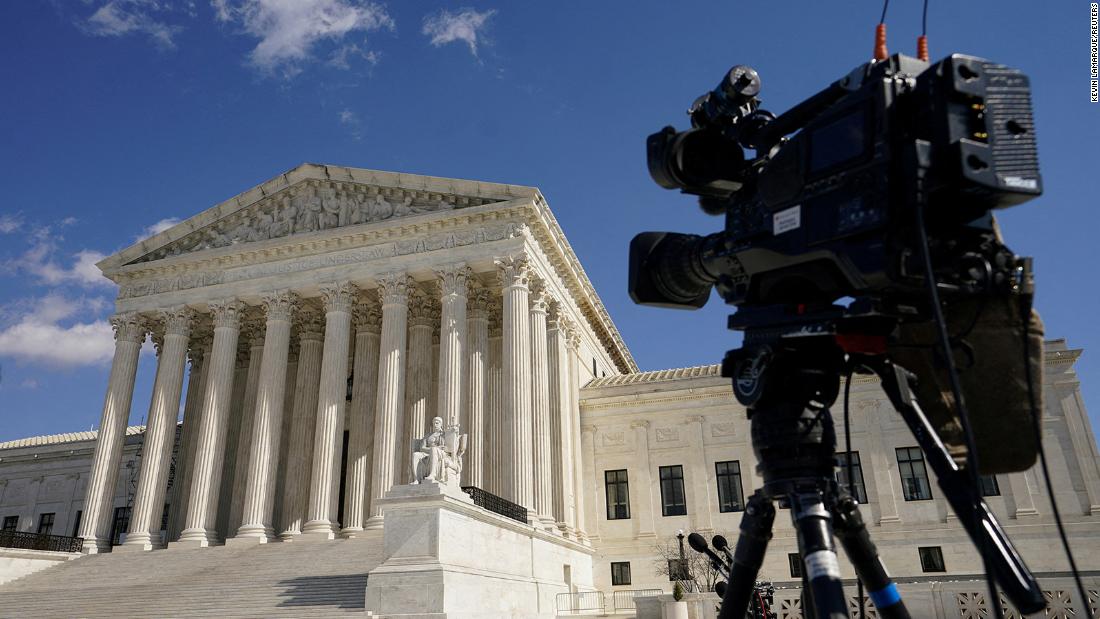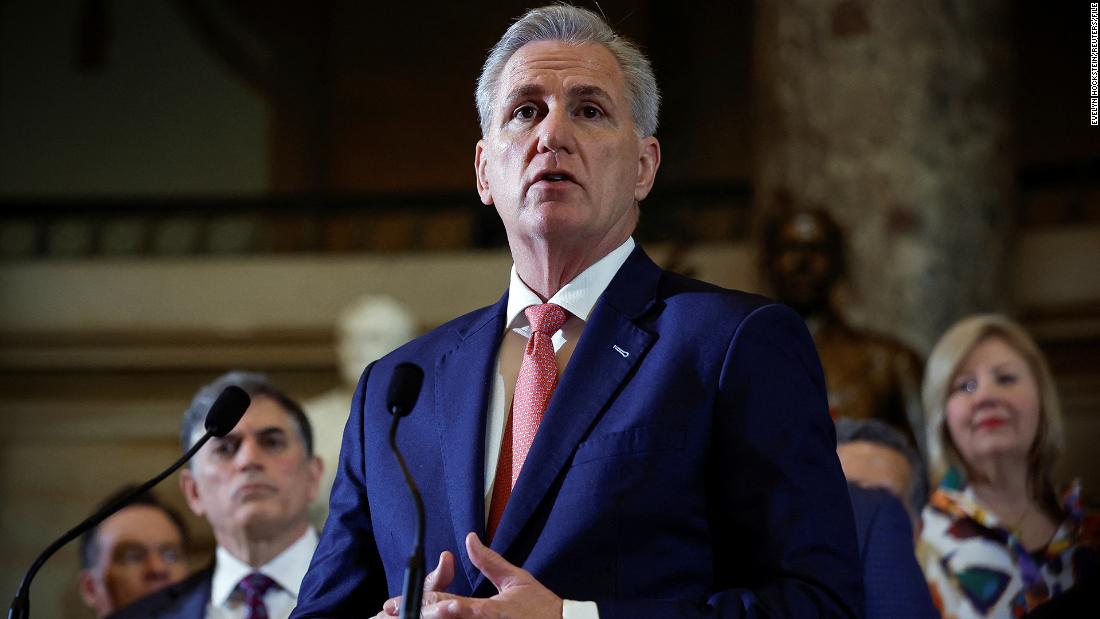CHINA’S bid to build a new “Red Empire” has left the world with a sea of roads to nowhere and half-built bridges.
Xi Jinping unveiled the world’s most ambitious infrastructure project 10 years ago this month – wooing Asia, Africa and the Middle East with bold promises.
The Montenegro highway which has left the country crippled with debtAFP
AlamyThe Standard Gauge Railway in Kenya was halted in 2019 after China withheld funding[/caption]
AlamyThe railway in Kenya was supposed to weave 290 miles[/caption]
Dubbed the “project of the century”, the Belt and Road Initiative was billed as a mega plan to create trade routes through huge swathes of Eurasia, with China at the centre.
With promises of loans and vast infrastructure projects like roads, railways and bridges, more than 150 countries have signed up.
It all forms part of Xi’s plan for China to become the “most powerful global power” by extending a friendly hand to a web of potential new allies, experts said.
But a decade on, his vision appears to be crumbling in many parts of the world – halted by bankruptcy, corruption and mountains of debt.
And many nations ended up getting more than the bargained for.
Wooed by the glitzy sales pitch, many have been left unable to keep up with the return payments when China comes knocking like a loan shark.
Building projects end up being ditched or unfinished until the debt is settled – with the Communist Party more than happy to take their pound of flesh.
As debt mounts, it’s feared more of these projects will go unfinished – and greedy Chinese lenders will seize control of land and key assets in lieu of repayment.
Countries such as Sri Lanka, Kenya, Montenegro, Laos and Kazakhstan have found themselves crippled by debt and reliant on Beijing.
Ashok Swain, professor of peace and security at Uppsala University, believes Xi’s project even acted as a “catalyst” for conflict in some nations.
“While the Belt and Road Initiative has contributed to infrastructure advancement, it has also been a catalyst for conflicts between countries and exacerbated debt issues in some instances,” he told The Sun.
Some unfinished projects have come to a screeching halt after local officials were sentenced for corruption.
In Astana, the capital of Kazakhstan, enormous concrete columns are a daily reminder of a China-funded railway that was stopped after a corruption scandal.
In Kenya, a railway connecting the coastal city of Mombasa to Nairobi was left half-finished – ending in a field a few hundred miles short of its destination.
According to research lab AidData, one-third of projects have been plagued by furious protests, corruption scandals, labour violations, or environment problems.
After a decade of construction, experts told The Sun that Xi’s flagship project has mostly crumbled – leaving many poorer countries trapped by China’s control.
Expanding its tendrils across the world, analysts have long believed the Belt and Road Initiative is being used to boost China’s power.
Some suggest that it is a plan to further China’s ambitions using “predatory loans” and “debt traps” to bring nations’ under their sphere of influence.
Shaun Breslin, professor of politics and international studies at Warwick University, warned that some countries have become “too reliant” on China – ending up in a debt spiral with unfinished projects.
“There have been increasing questions about the wisdom of becoming too reliant on Chinese finance and ending up in forms of debt dependence on China in various countries along the Belt and Road, and this might become more important,” he previously told The Sun.
Under Xi – China’s most powerful leader since Mao Zedong – China has admitted it has grand plans to establish itself on the world stage as a “pioneering global influence” by 2050.
The Chinese leader is shoring up allies around the world – whether through open diplomacy or more sinister economic policies, such as “debt traps”.
China’s tendrils now extend far beyond the Indo-Pacific – reaching deep into the Middle East, Africa and beyond.
They boast of an “all-weather” partnership with Pakistan, a mutual defence treaty with North Korea, and an “unbreakable” friendship with Belarus.
“It has substantially broadened China’s sphere of influence in Africa, Asia, and even South America,” Professor Swain told The Sun.
“In terms of power politics, Xi has successfully realised his objectives through the Belt and Road Initiative – positioning China at the forefront of global power politics.
“In most parts of Sub-Saharan, China has already displaced the US and has become the primary influencer,” Ashok Swain, professor of peace and security at Uppsala University, told The Sun.
“China is also fast becoming a major power player in the Middle East.
“Even in Israel, China’s influence has expanded rapidly. In the coming years, the potential flashpoints will be Iran and Ethiopia.
“China is already openly engaged in recruiting these two countries as allies while the US is doing everything to retain its influences.”
British MI6 chief Richard Moore also warned China’s use of money is means to “get people on the hook”.
Speaking to BBC Radio Four, he said the country has also enlisted the use of “data traps” as it attempts to build it’s global intelligence.
“If you allow another country to gain access to really critical data about your society, over time that will erode your sovereignty, you no longer have control over that data,” he explained.
“That’s something which, I think, in the UK we are very alive to and we’ve taken measures to defend against.”
Professor Kerry Brown, from the Lau China Institute at King’s College London, said China is “tired of the West’s victories”.
He told The Sun: “China is trying to show that it’s not just a choice between the West’s way of resolving issues or nothing else, but there might, there just might, be another way.
“It is tired of the West’s victories, which are often short sighted, short term and self interested.”
Prof Brown said “some of the lessons have been good, some bad” in Xi’s decade-long project.
“In some places, the money associated with it has bled away due to corruption, in others because of inefficiency, and elsewhere because of change of governments and broader political factors,” he said.
“The best we can say is that in the last decade at least China and the world have learned a lot about working with each other – some of the lessons have been good, some bad.
“Where the environment is less stable – like in parts of Africa or the Middle East – then Chinese investment continues to be prone to accusations of low local benefit coming due to import of Chinese labour, poor environmental standards, and corruption.
“But the bottom line is that for many countries, the BRI offers an alternative to western support.
“The critics have to sometimes accept, when it comes to China, that if it’s a choice between am imperfect project, and no project at all, more often than not the former is the best option.”
AFPThe bridge section of the unfinished highway in Montenegro[/caption]














